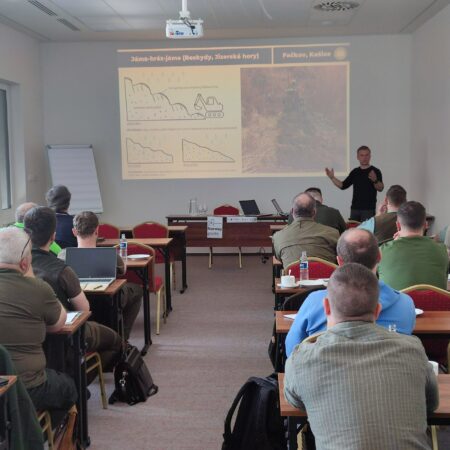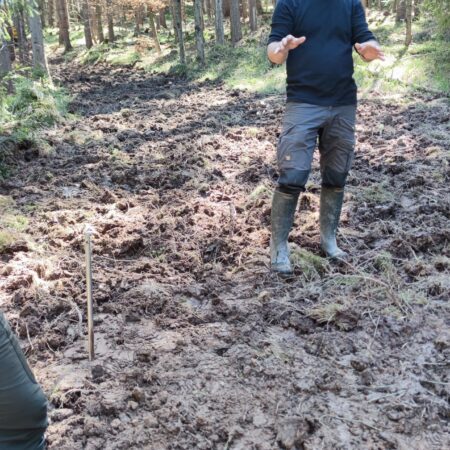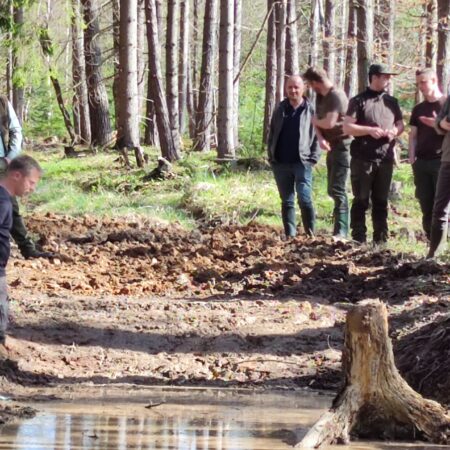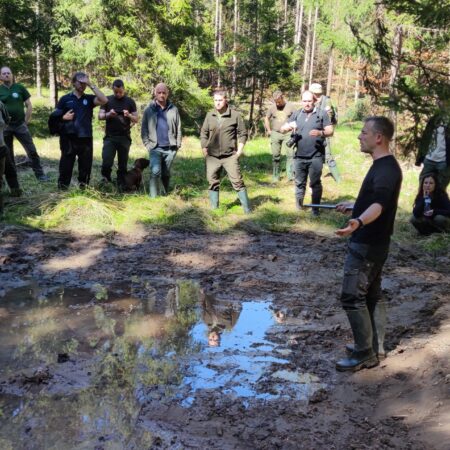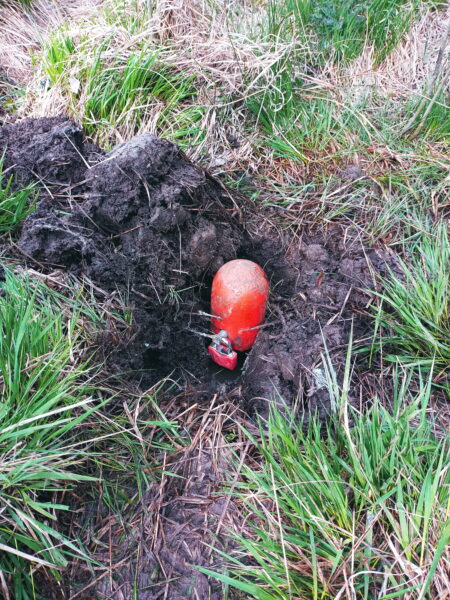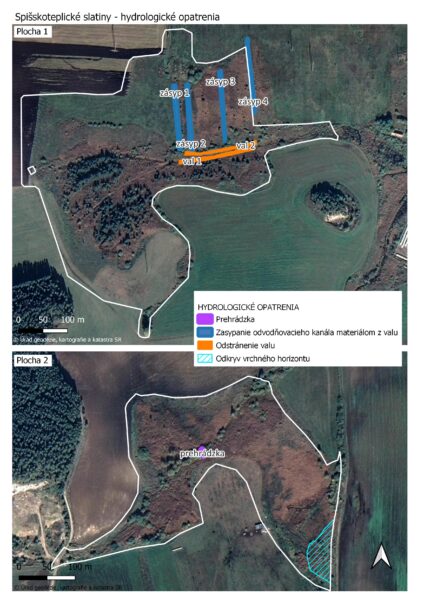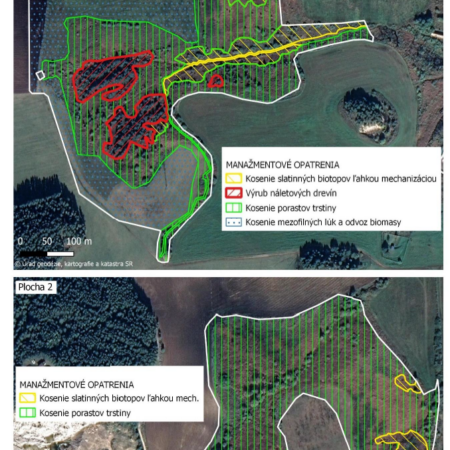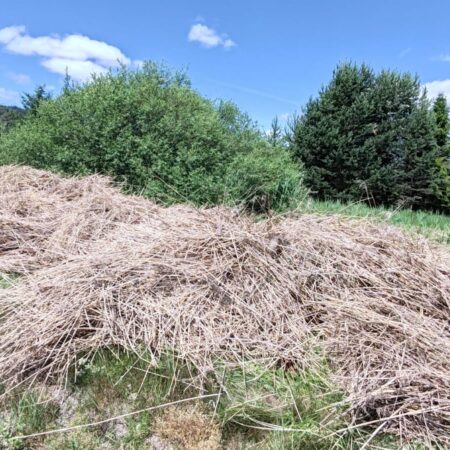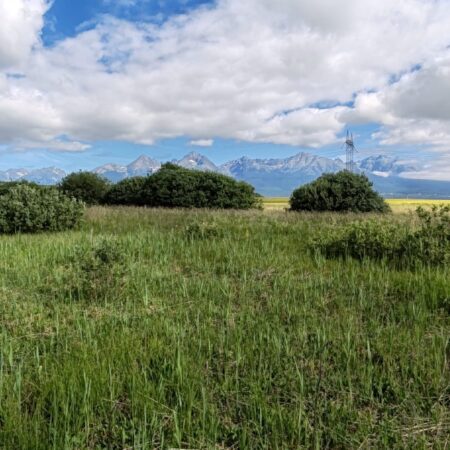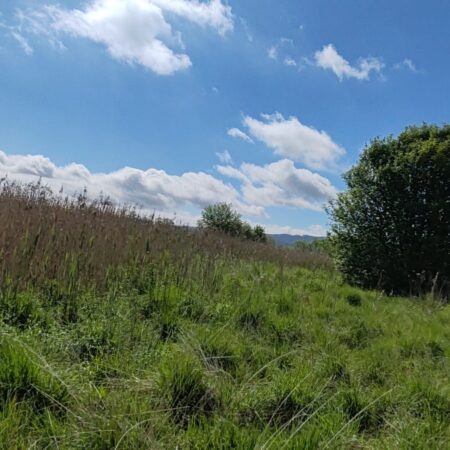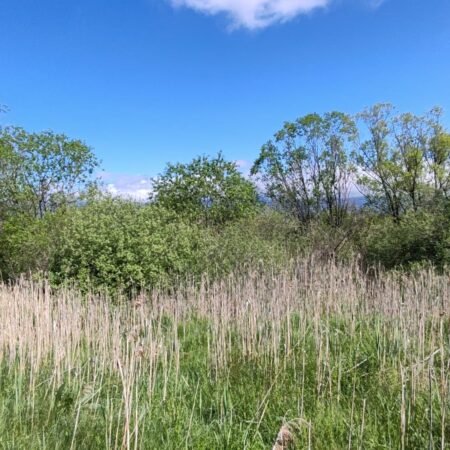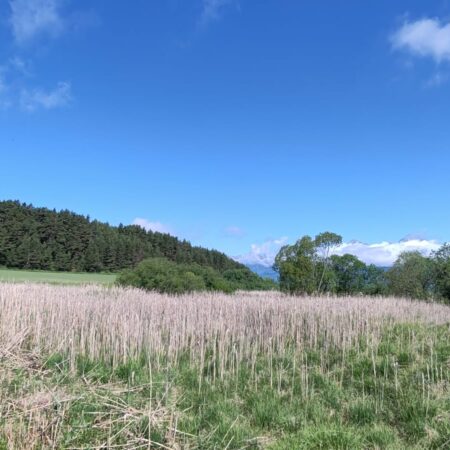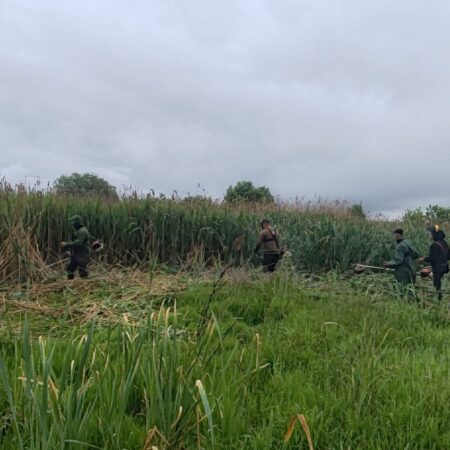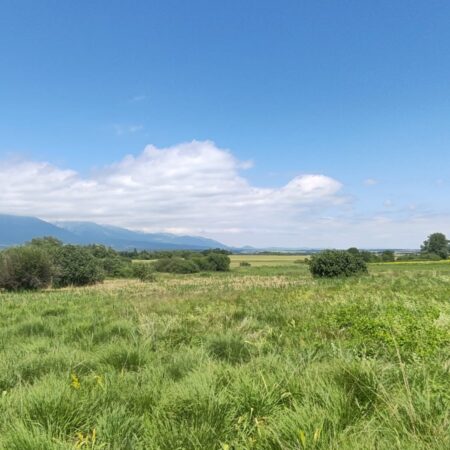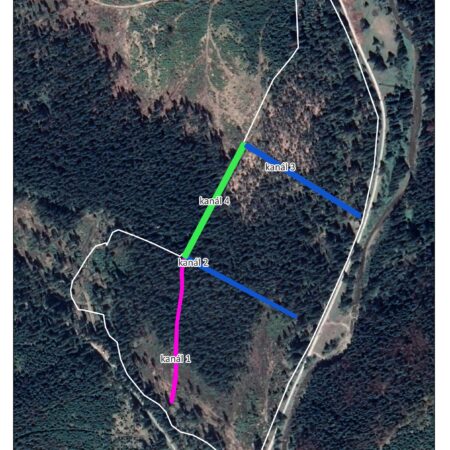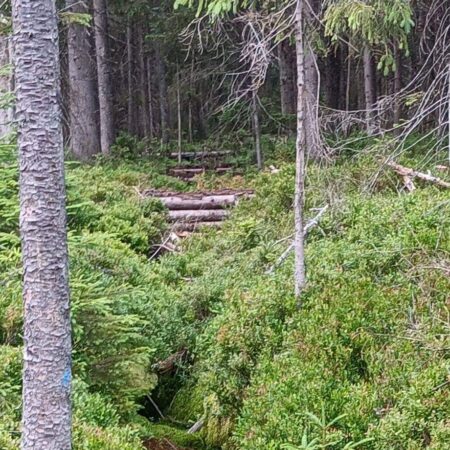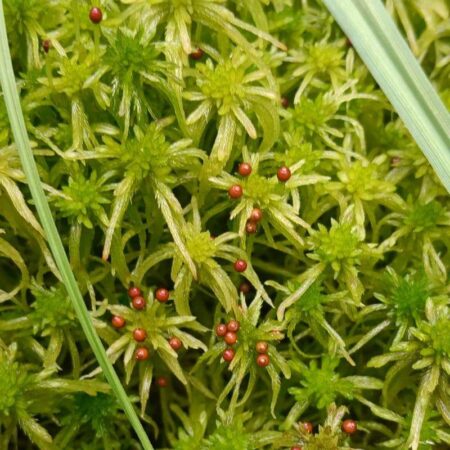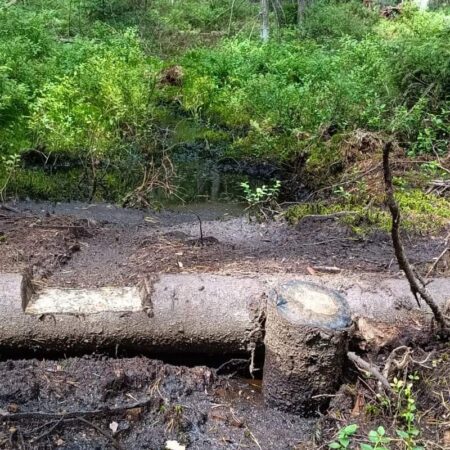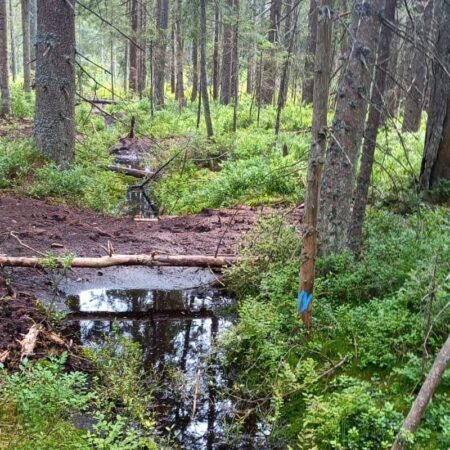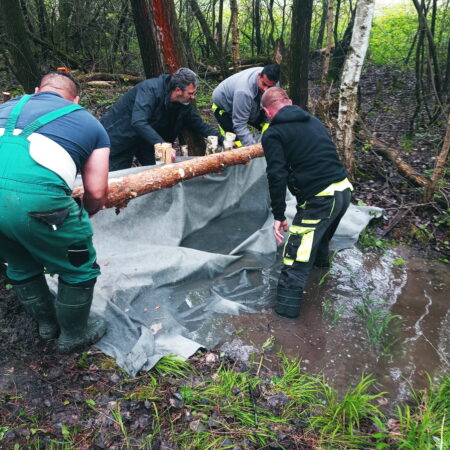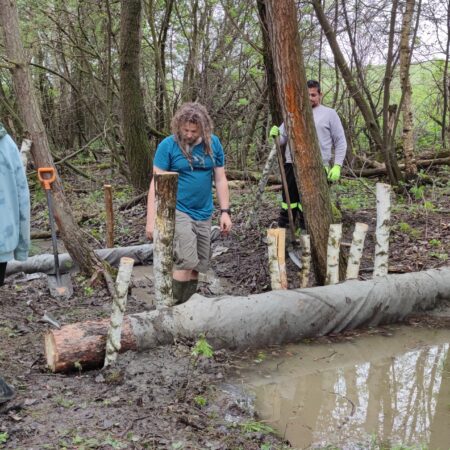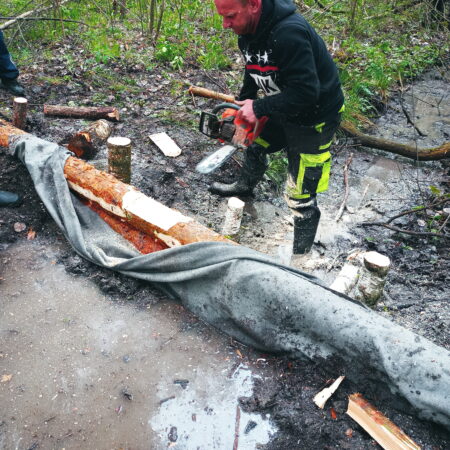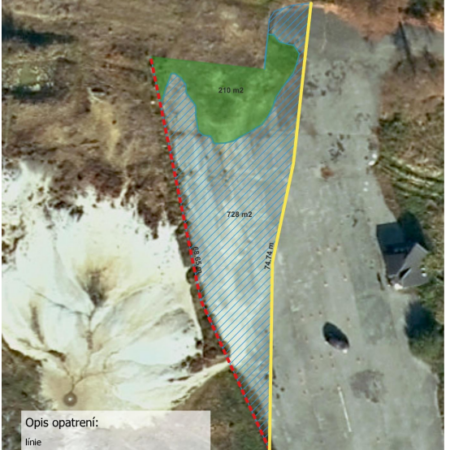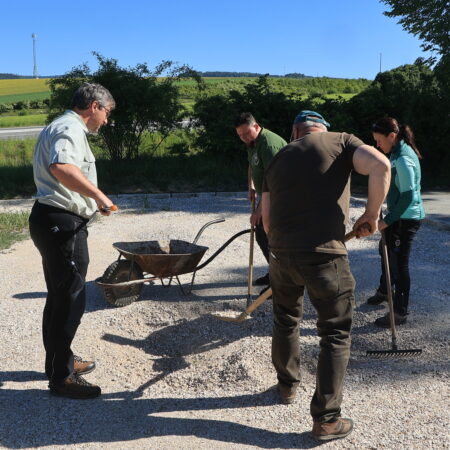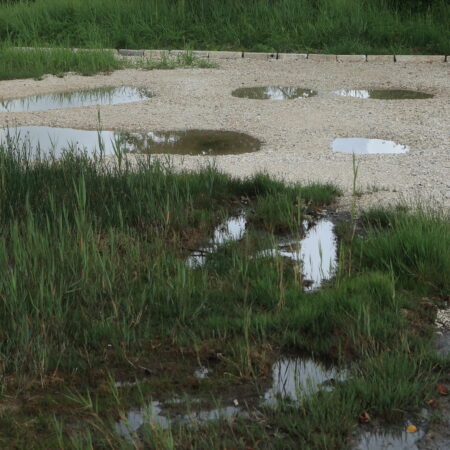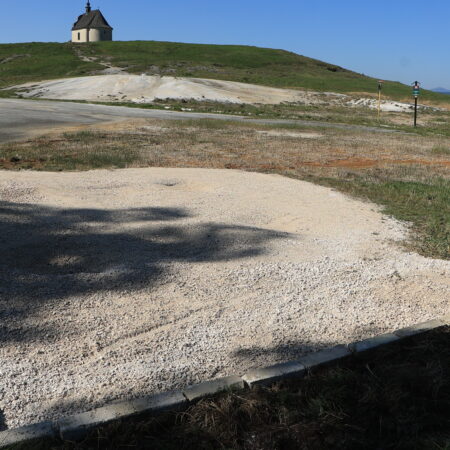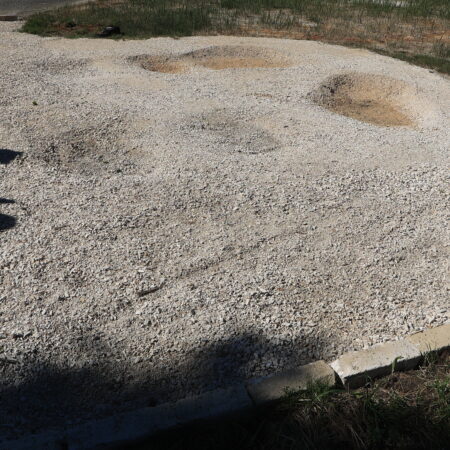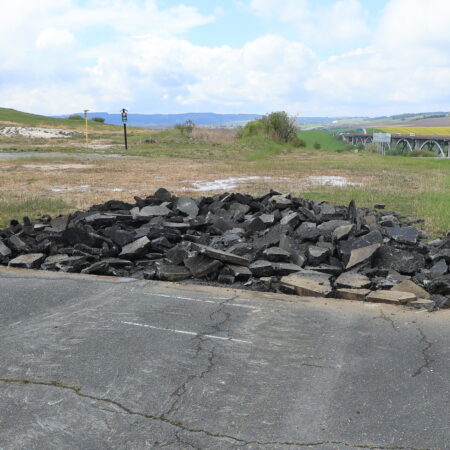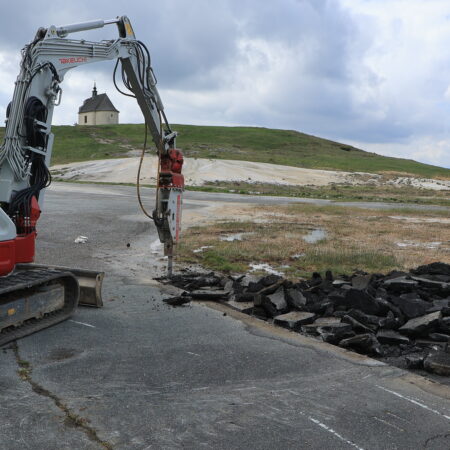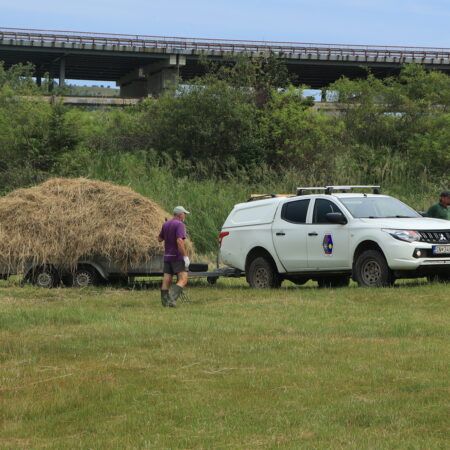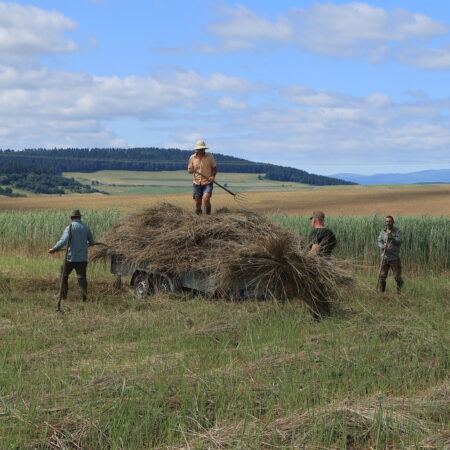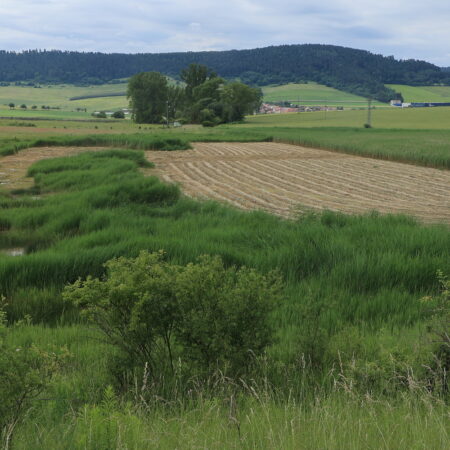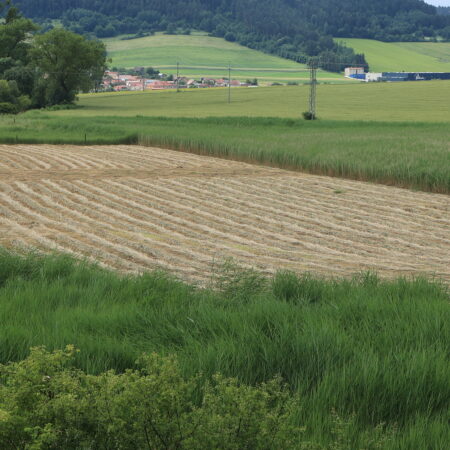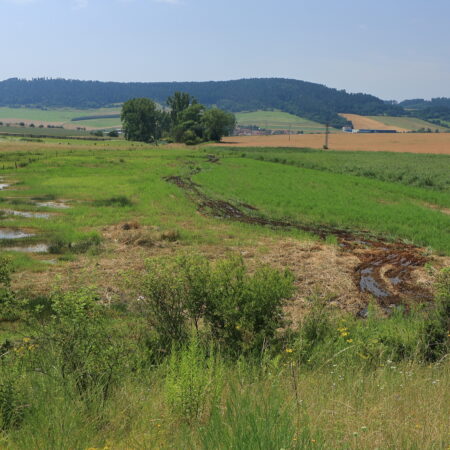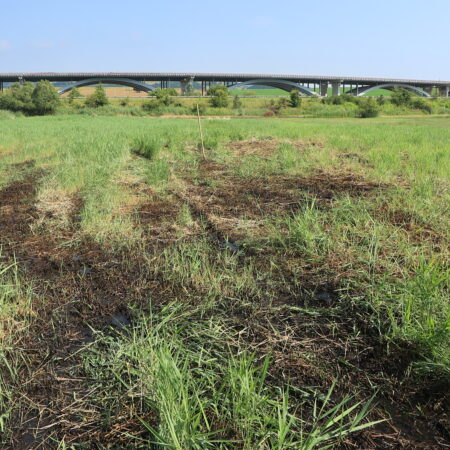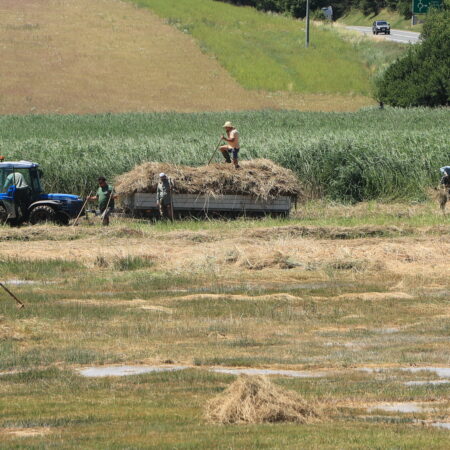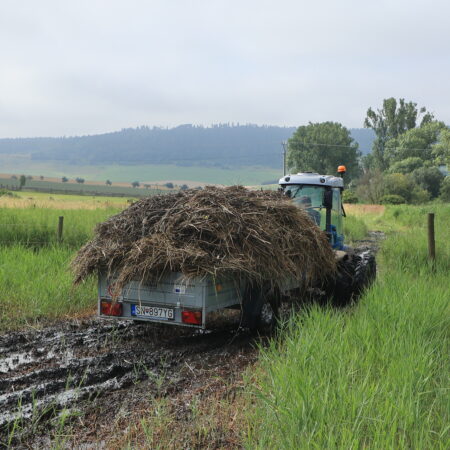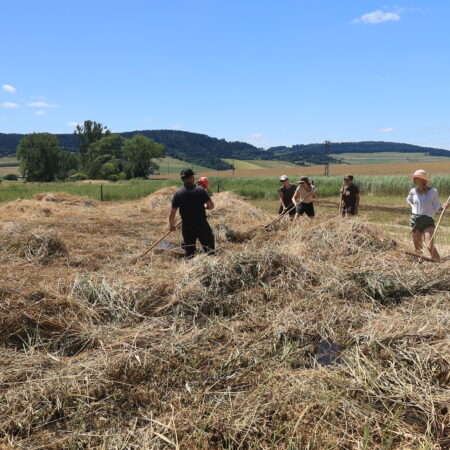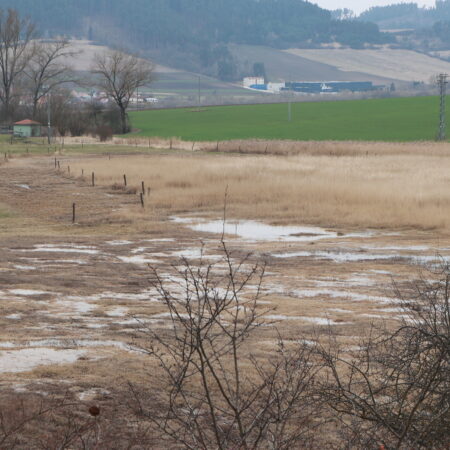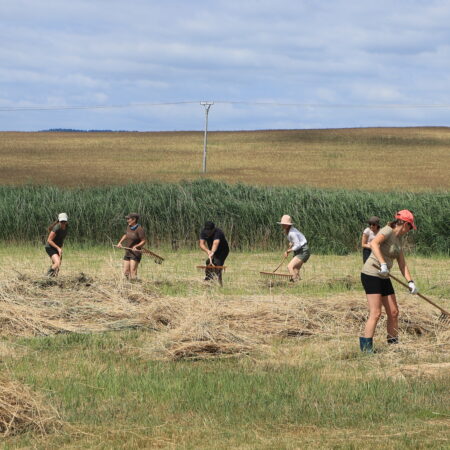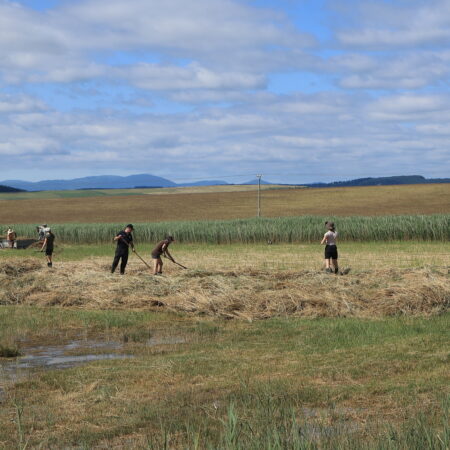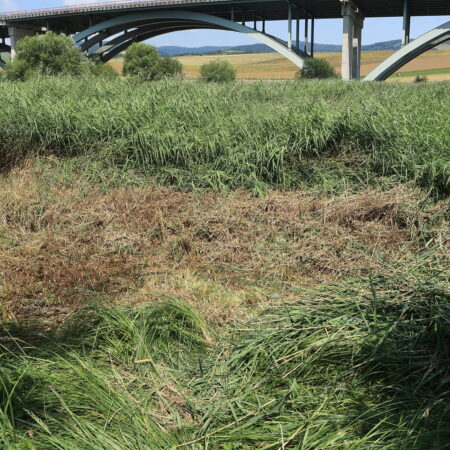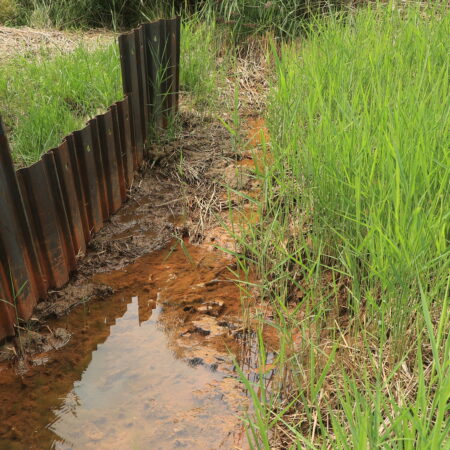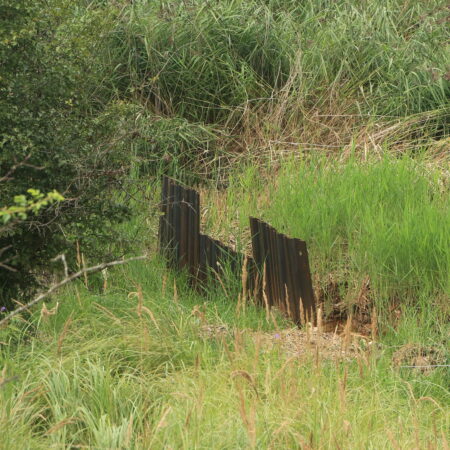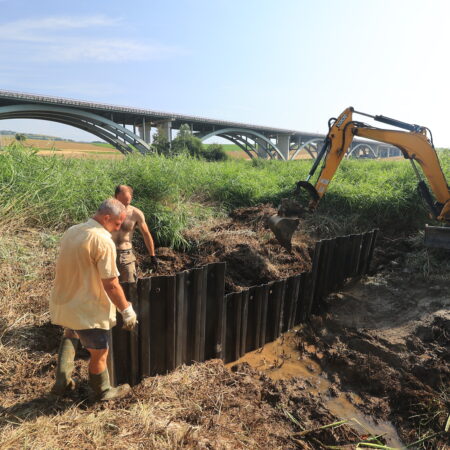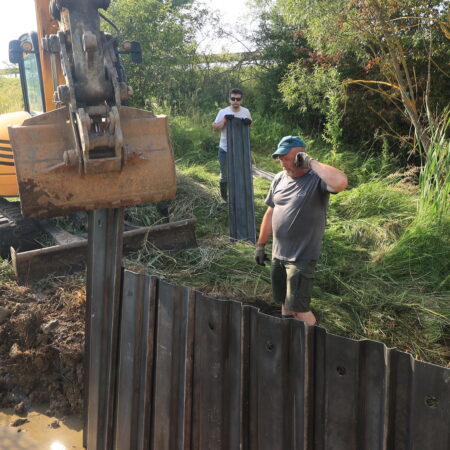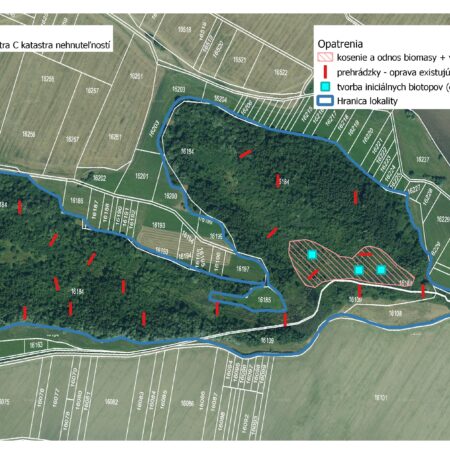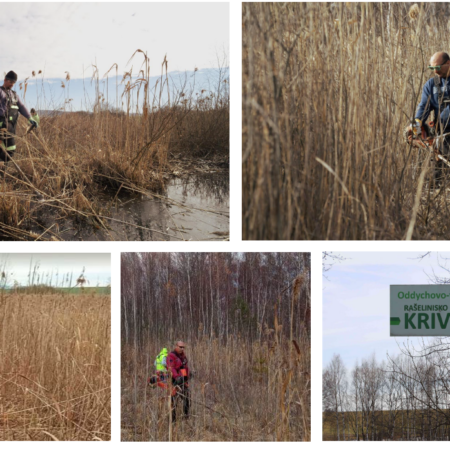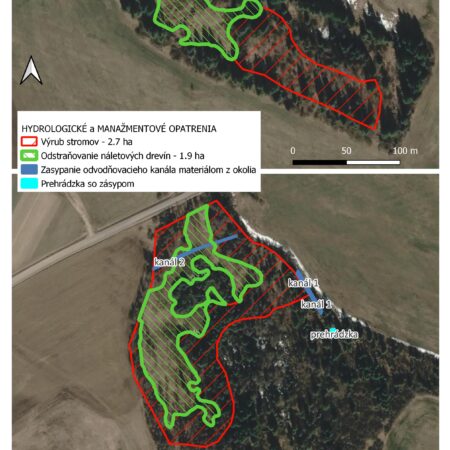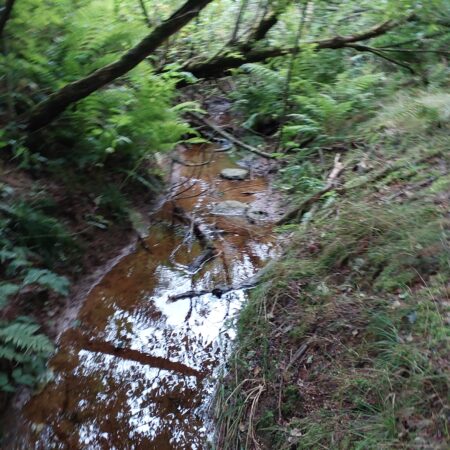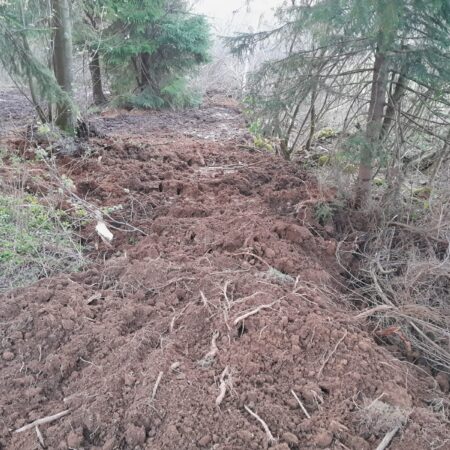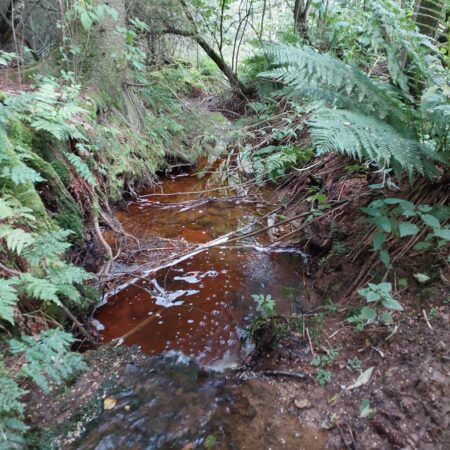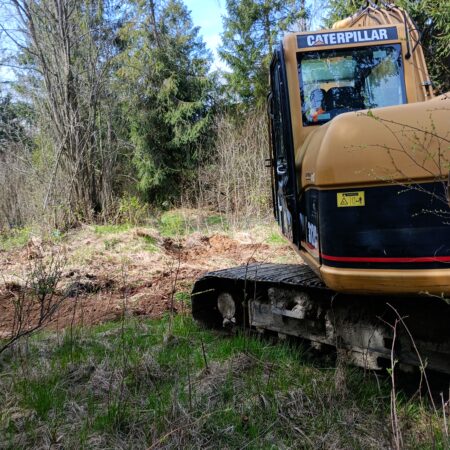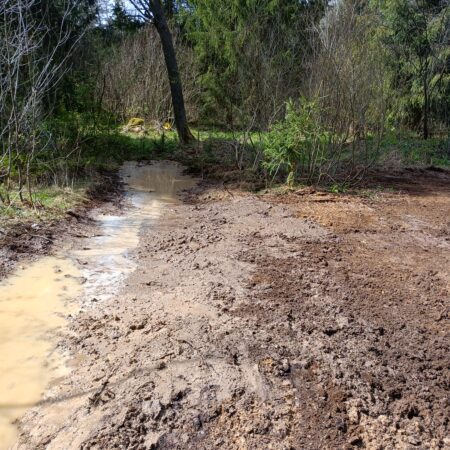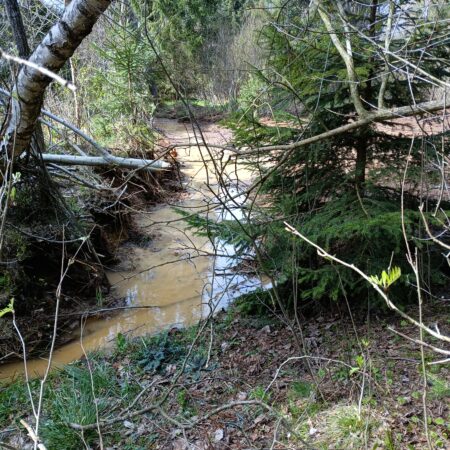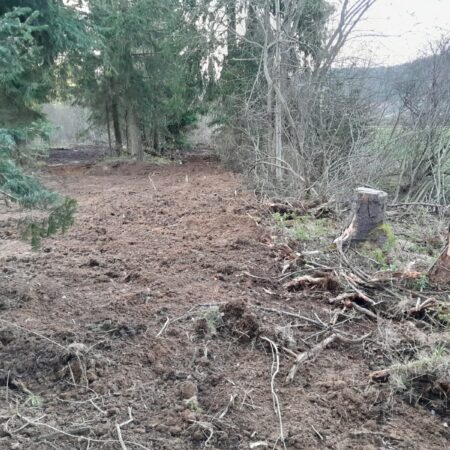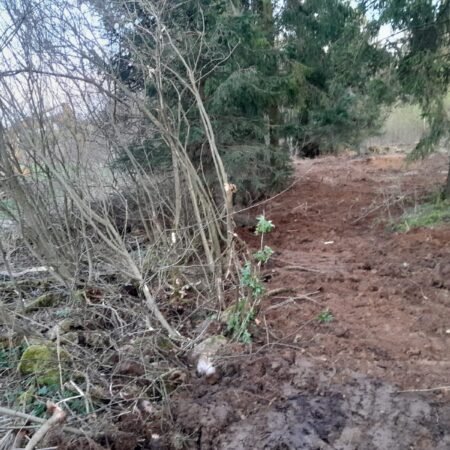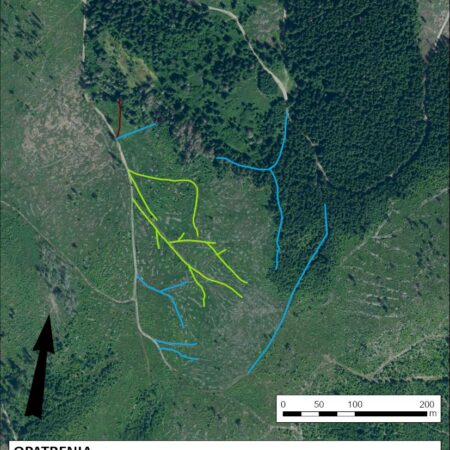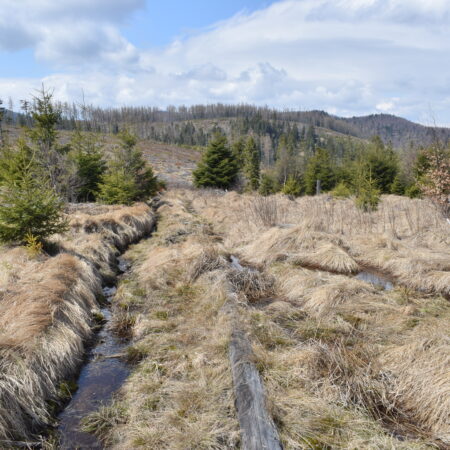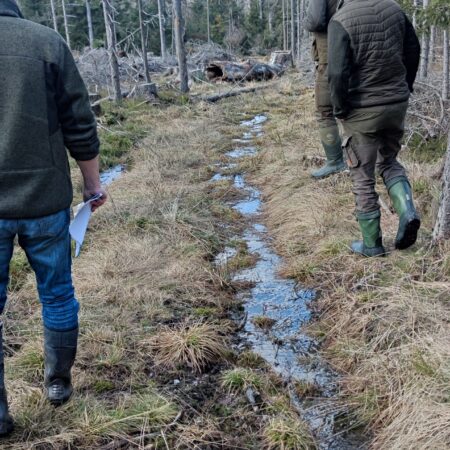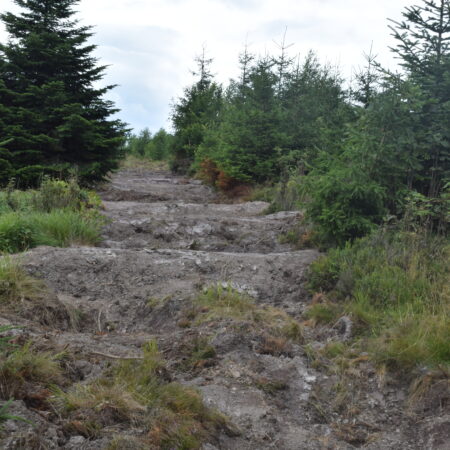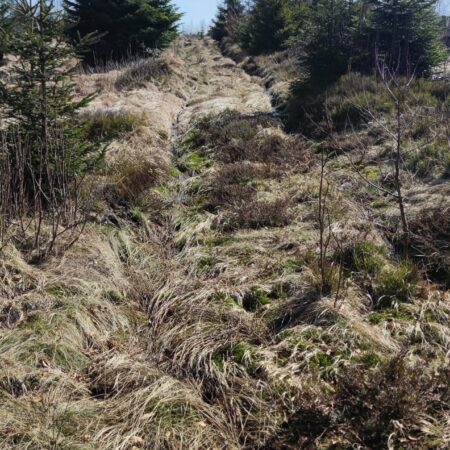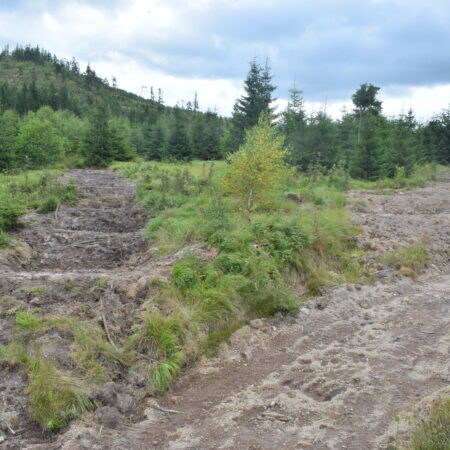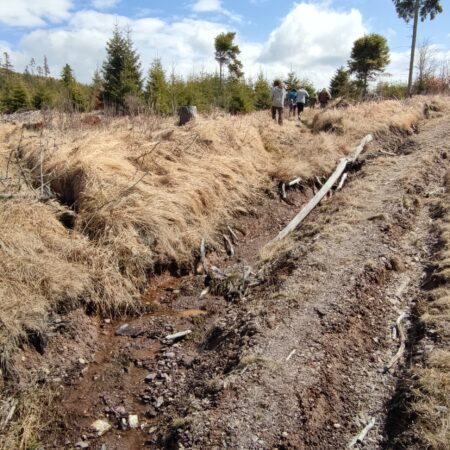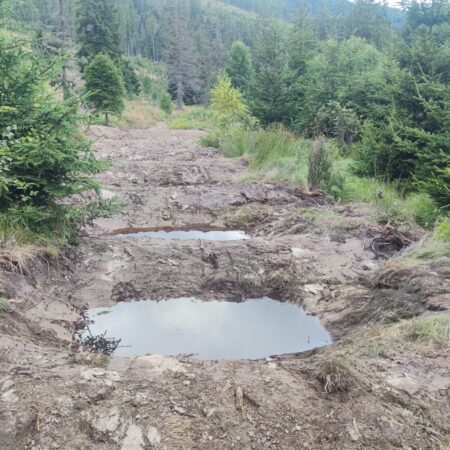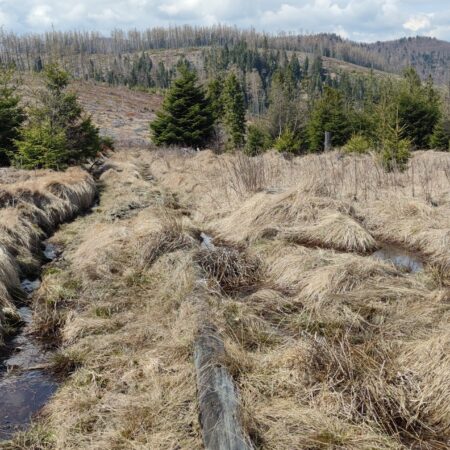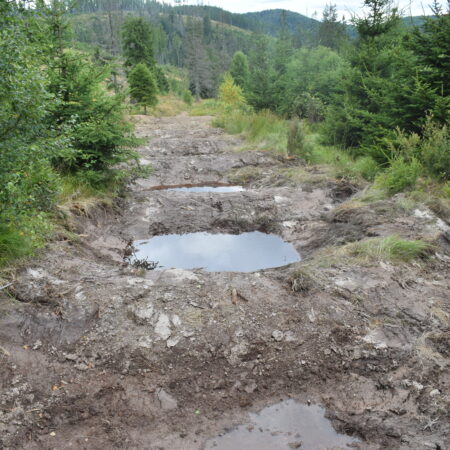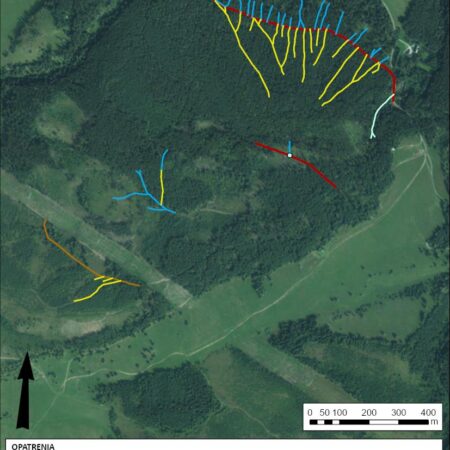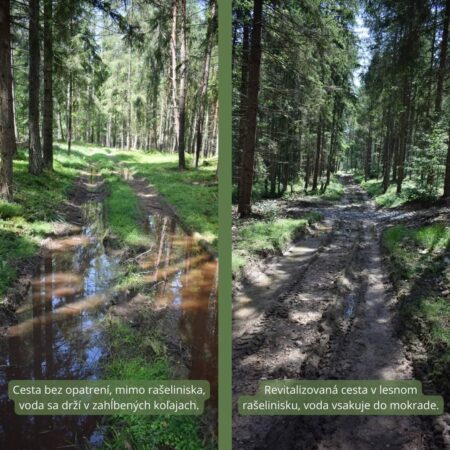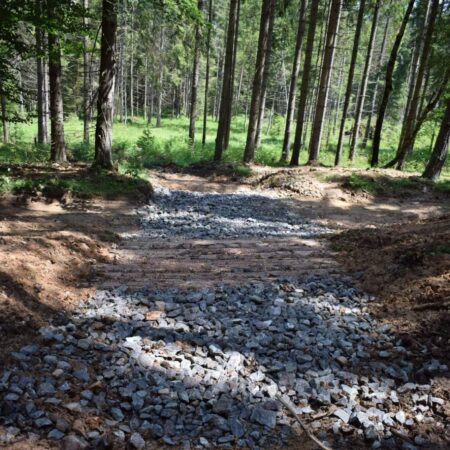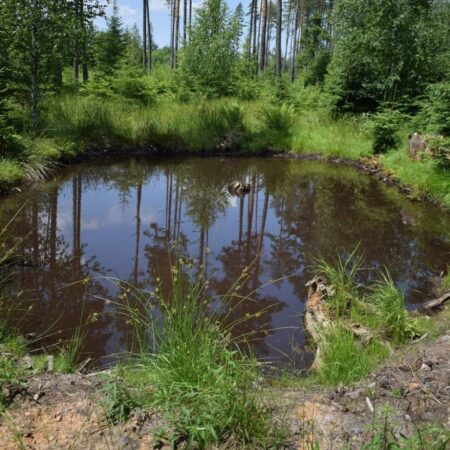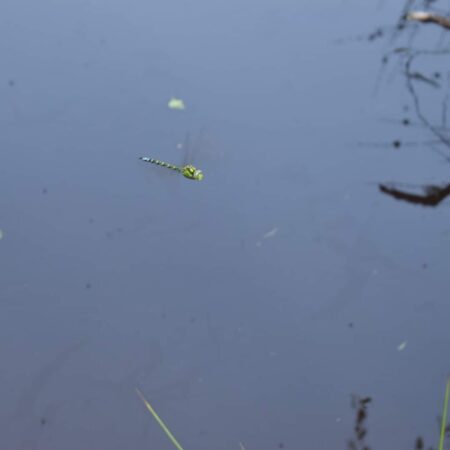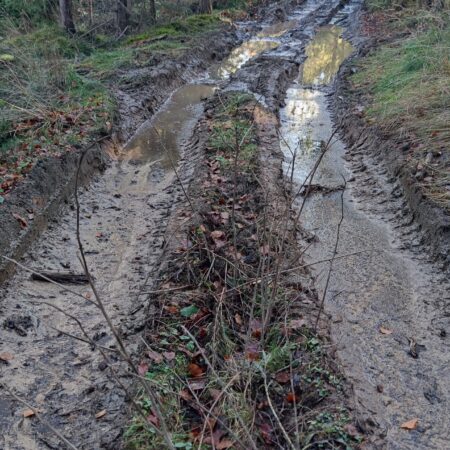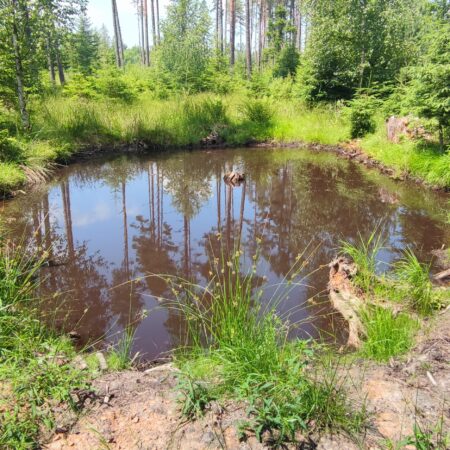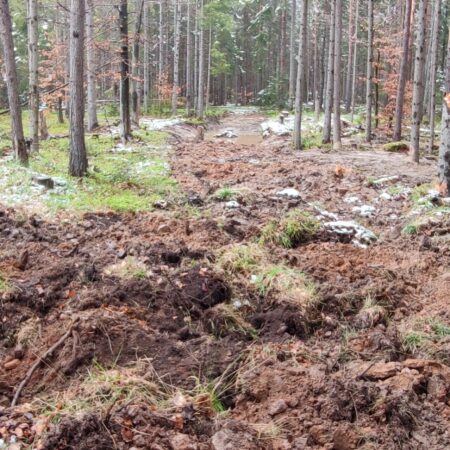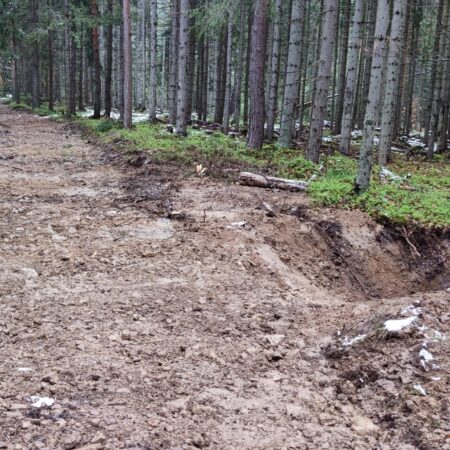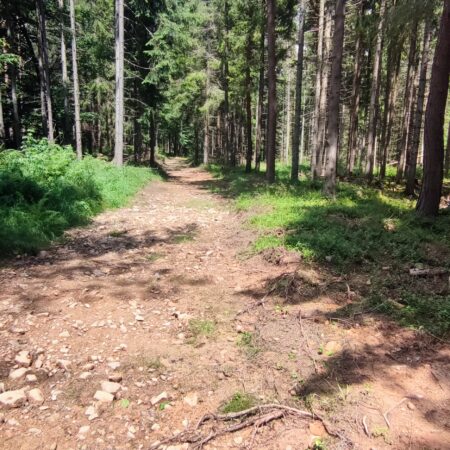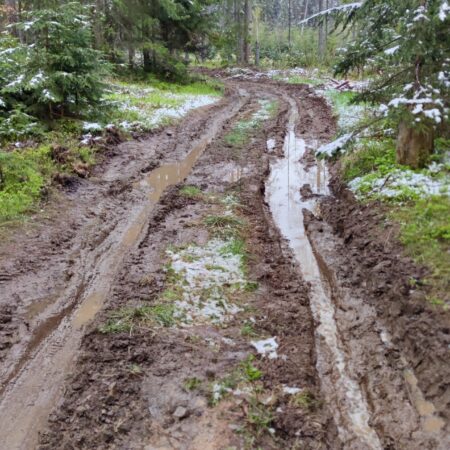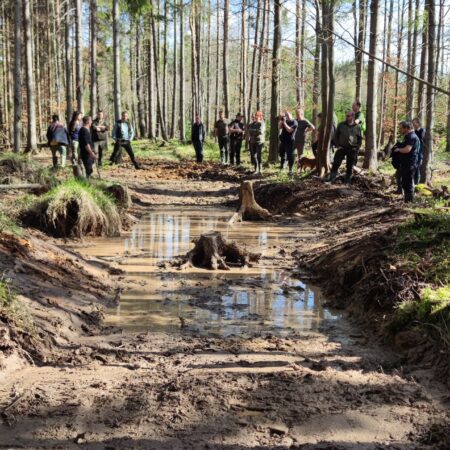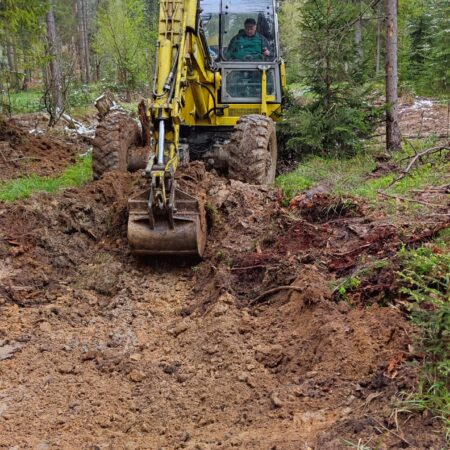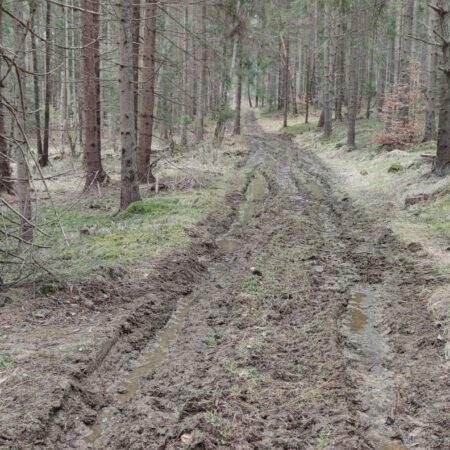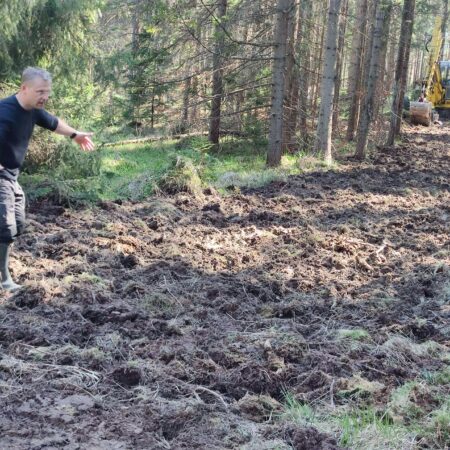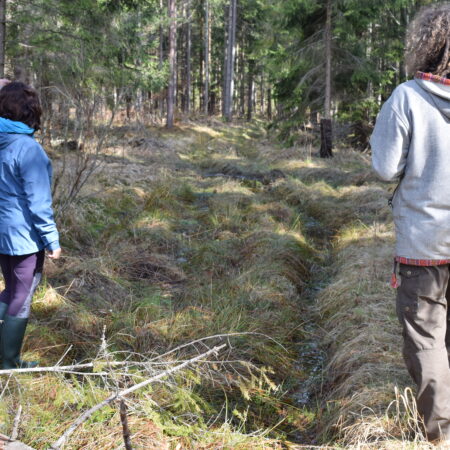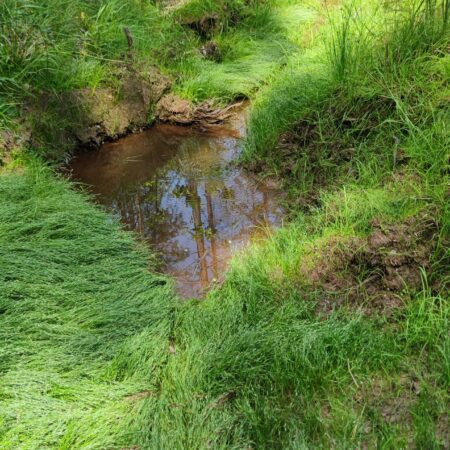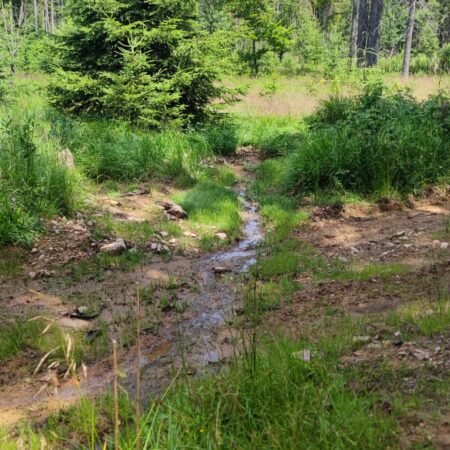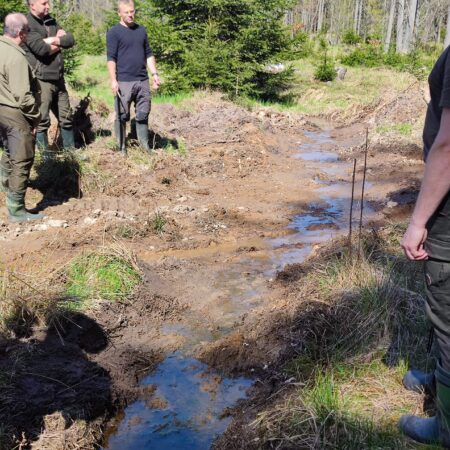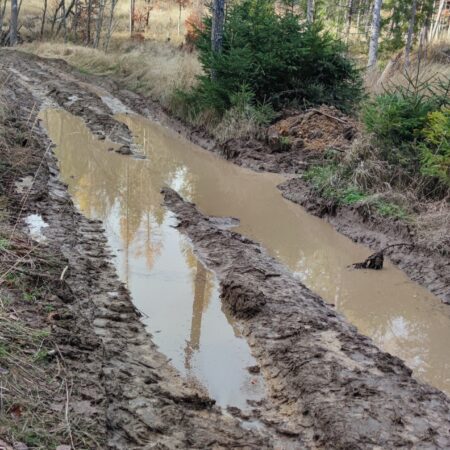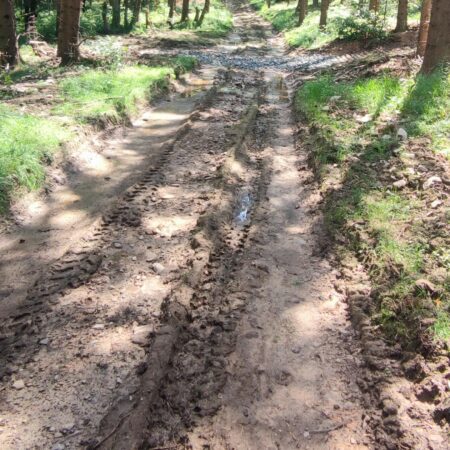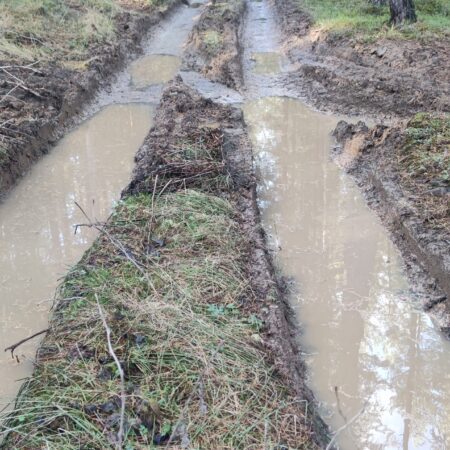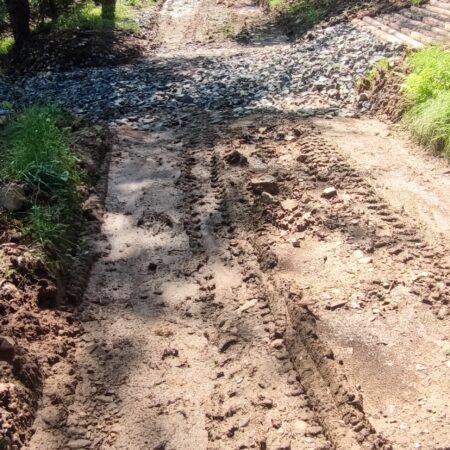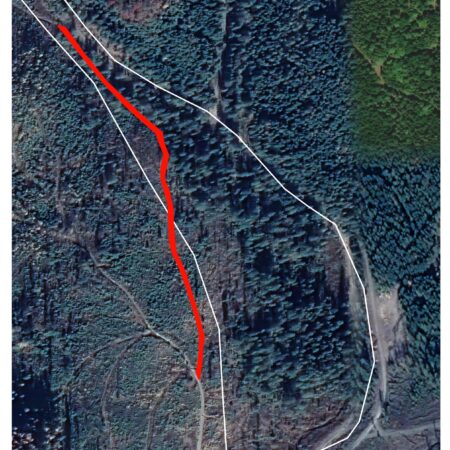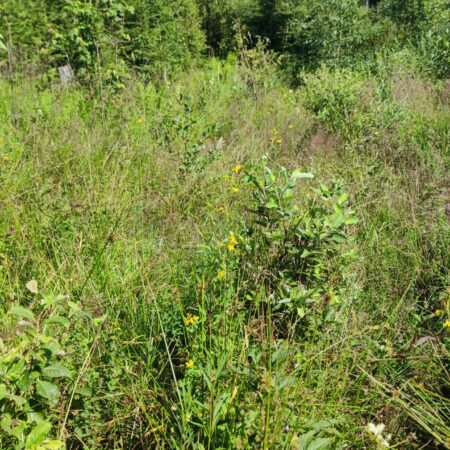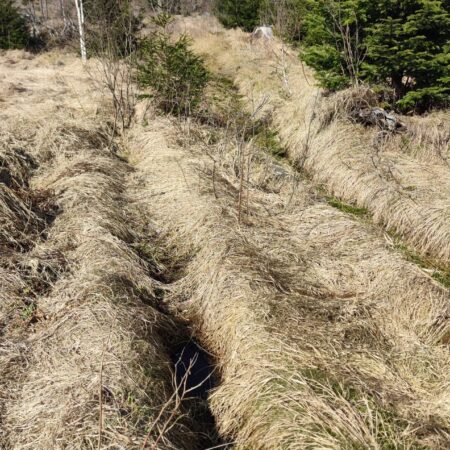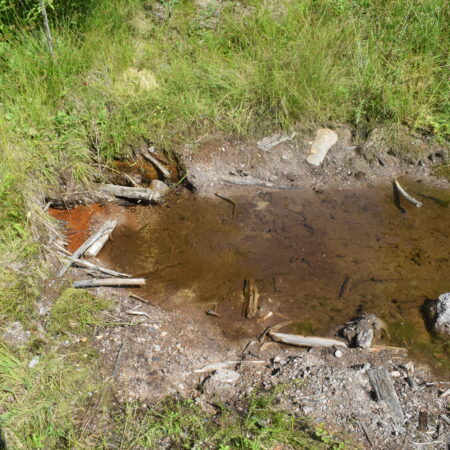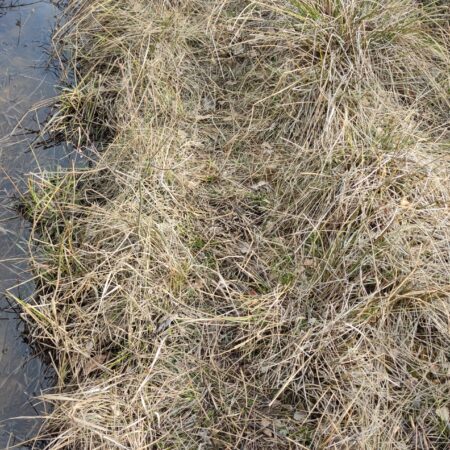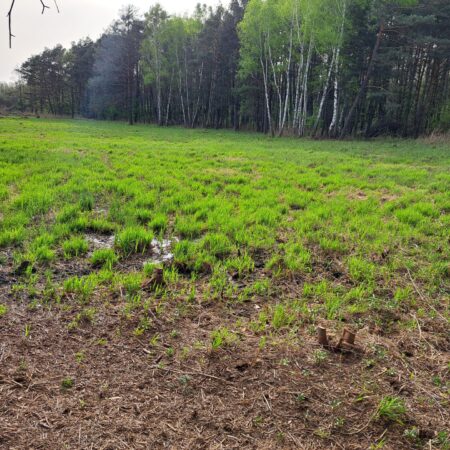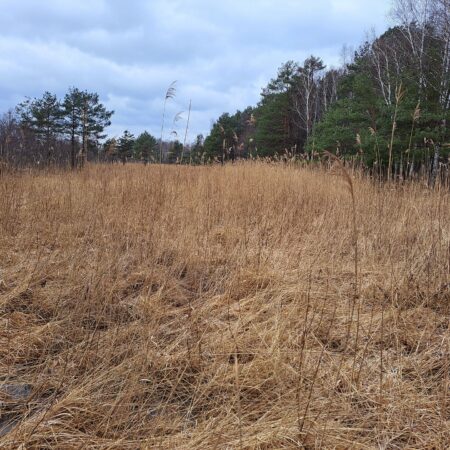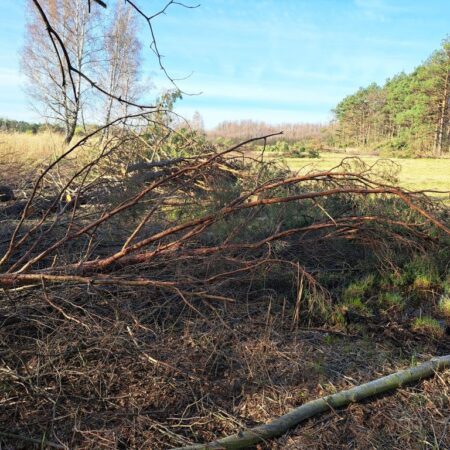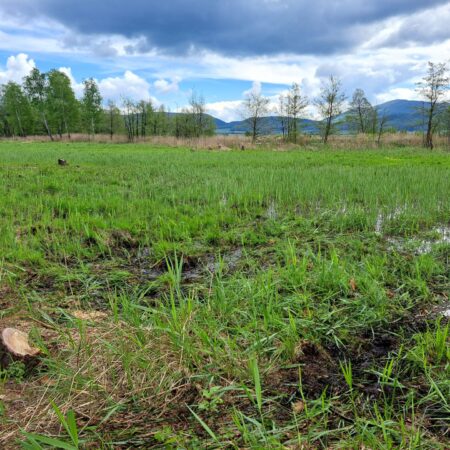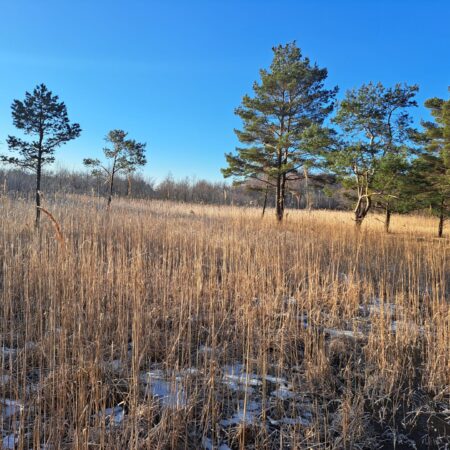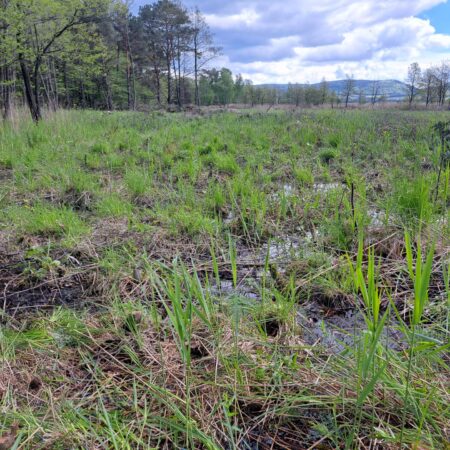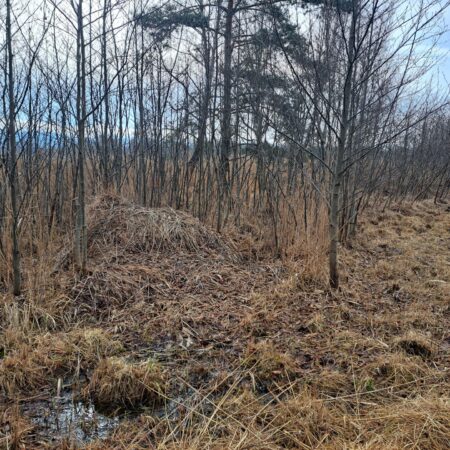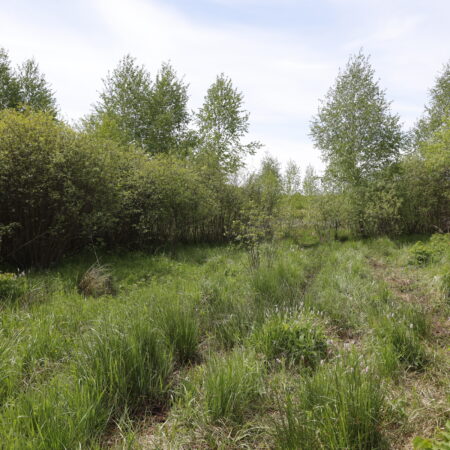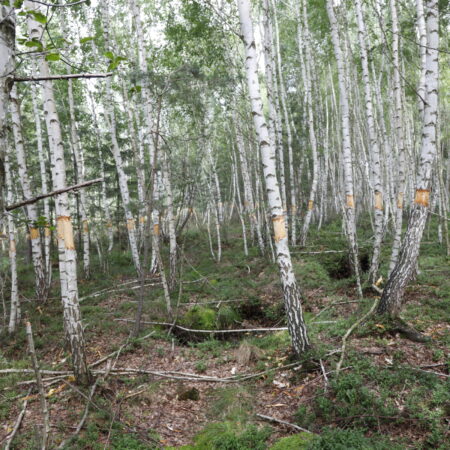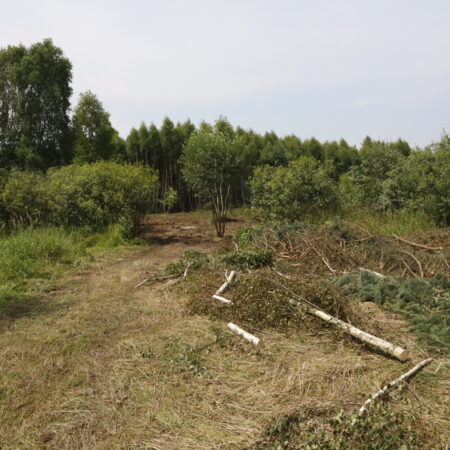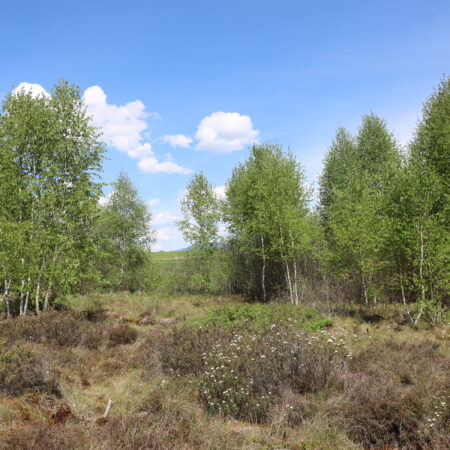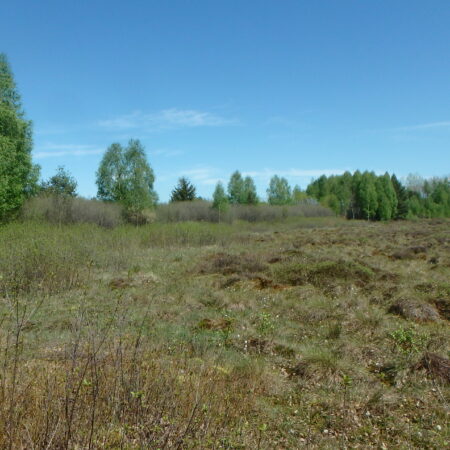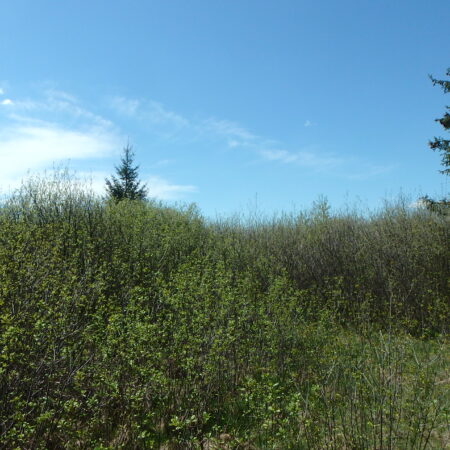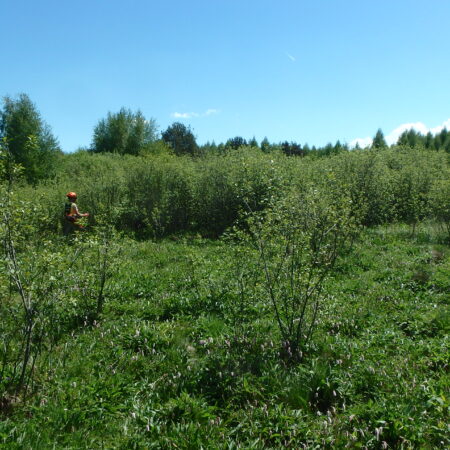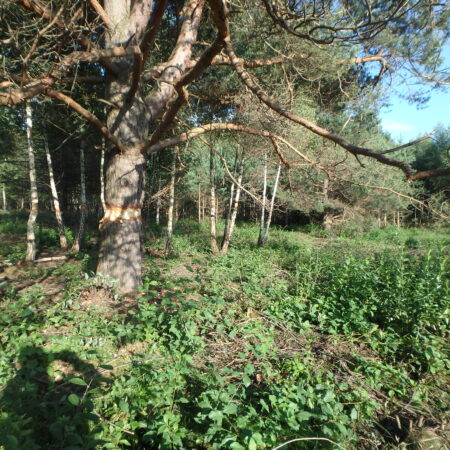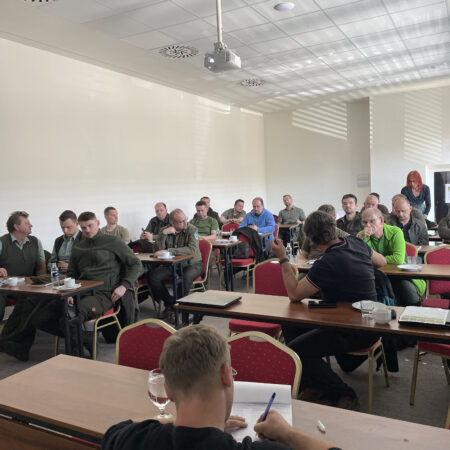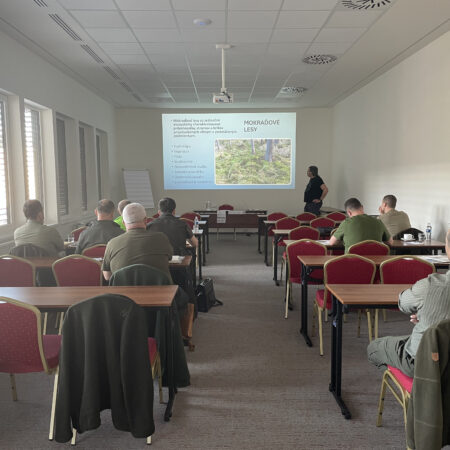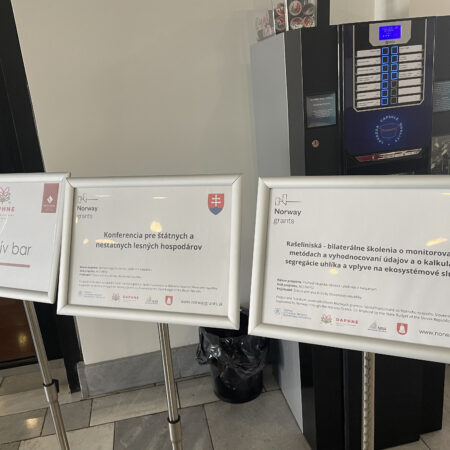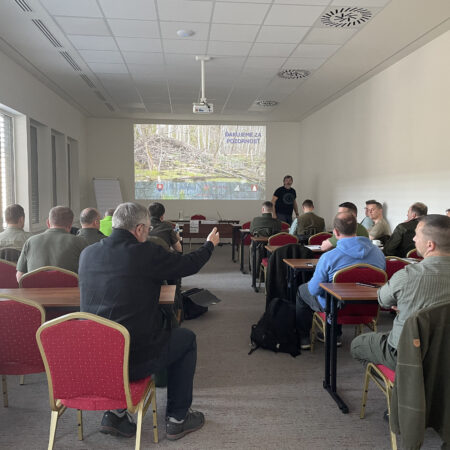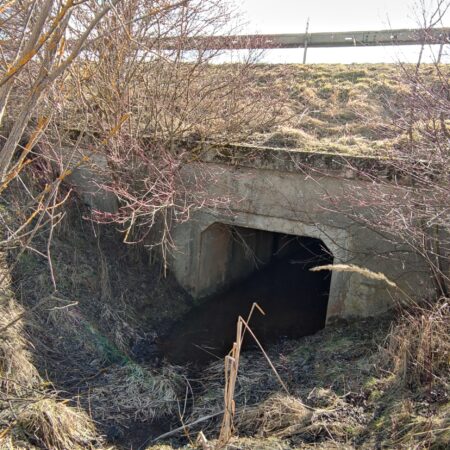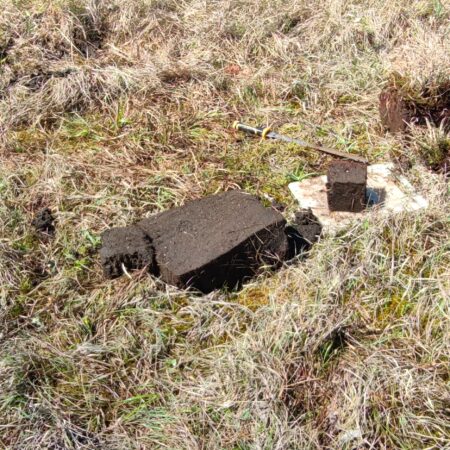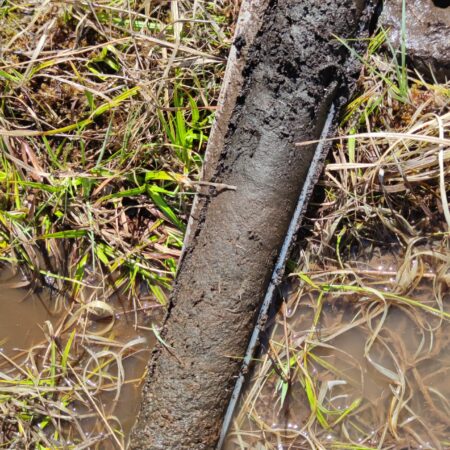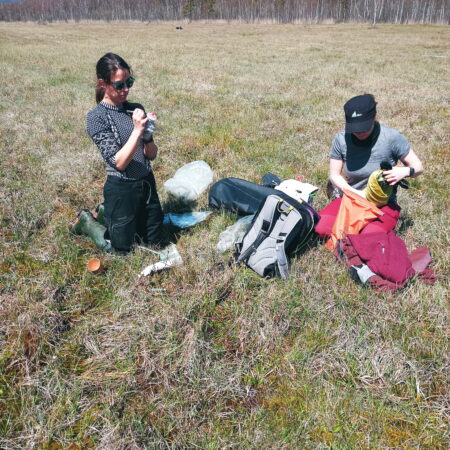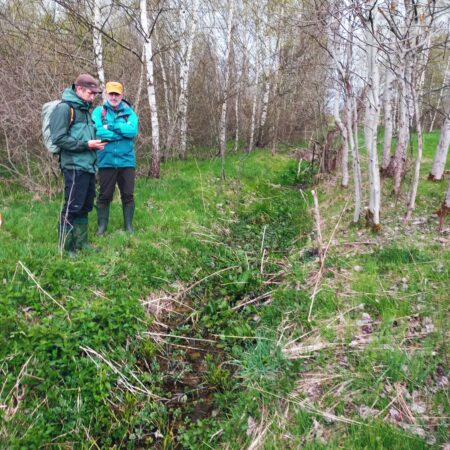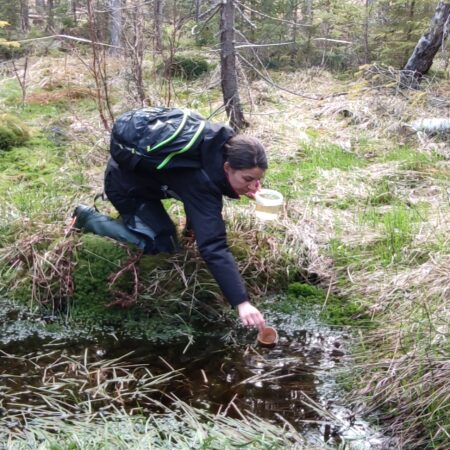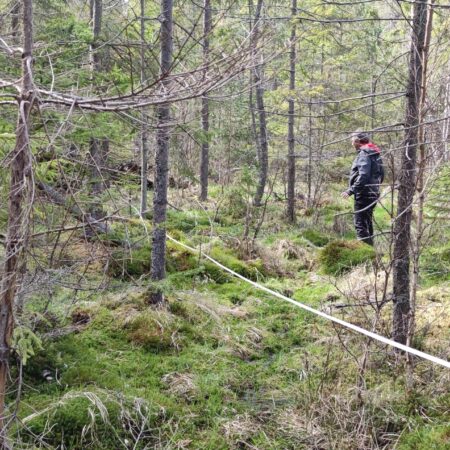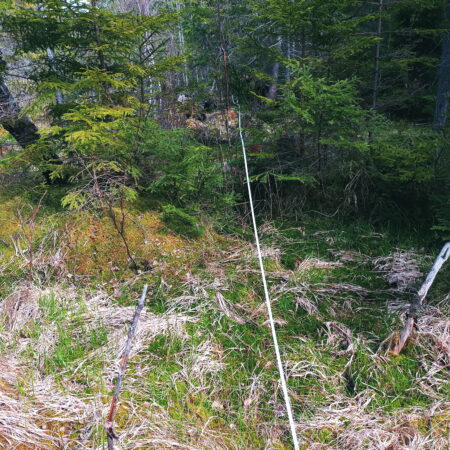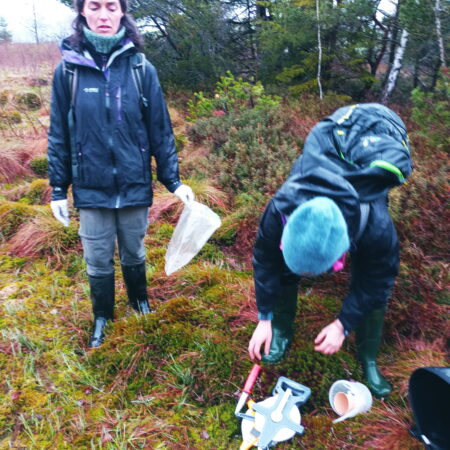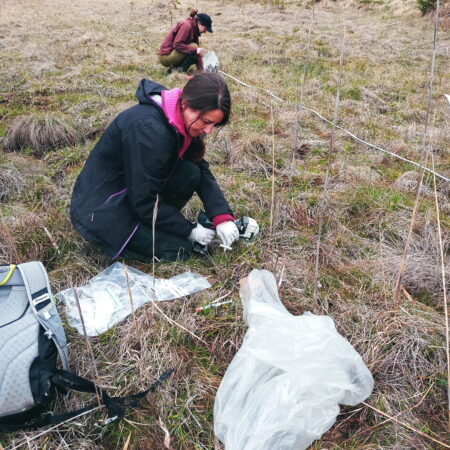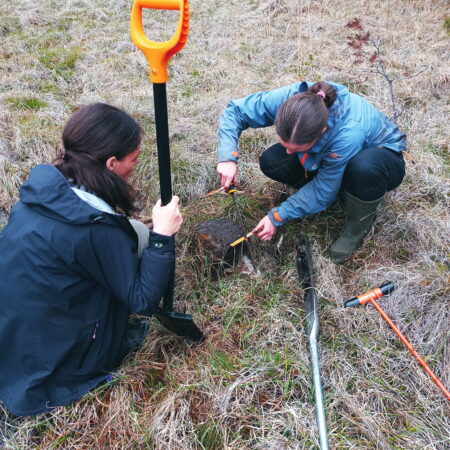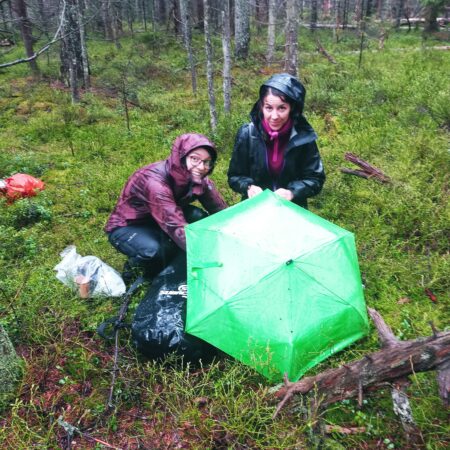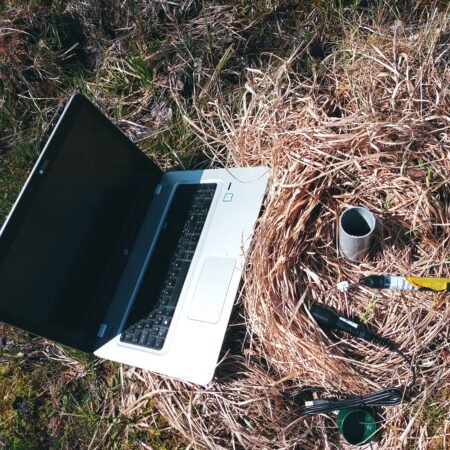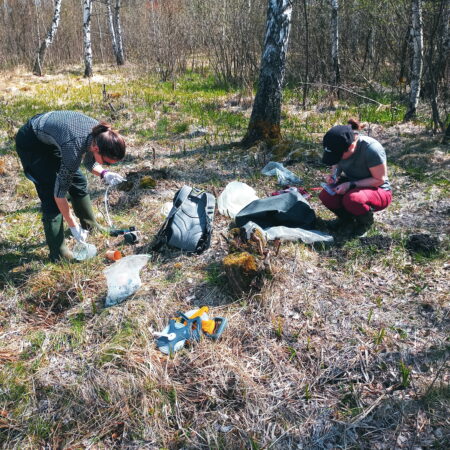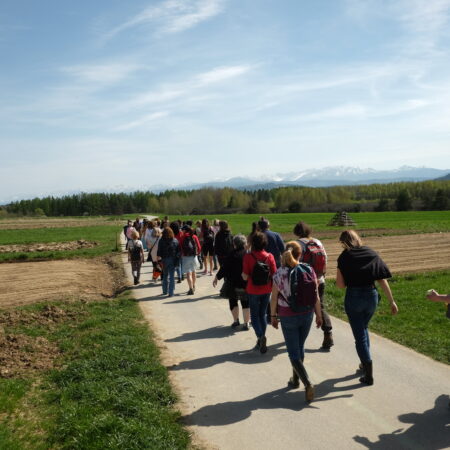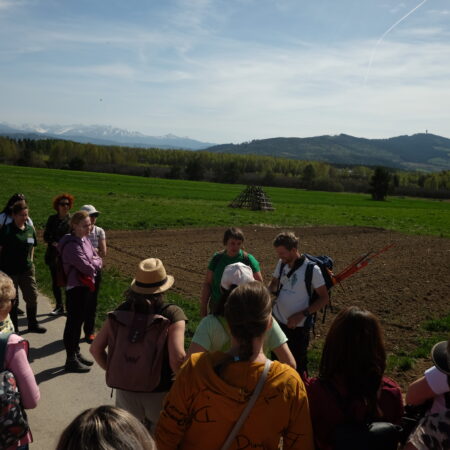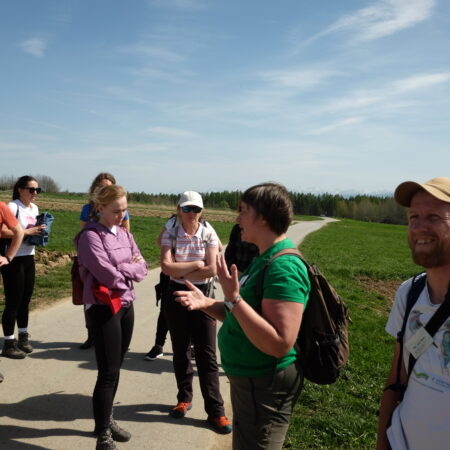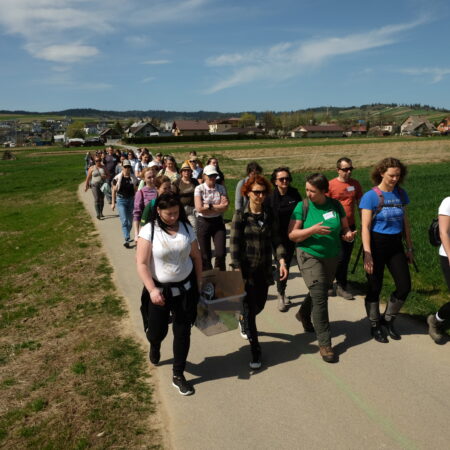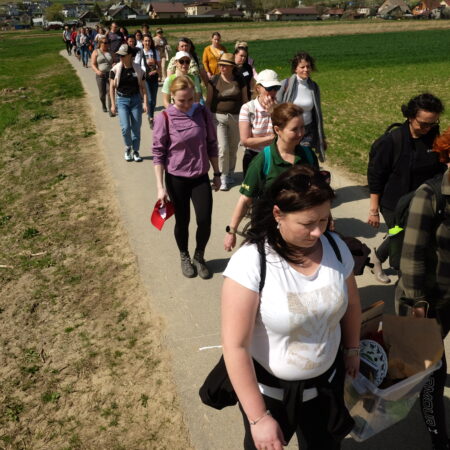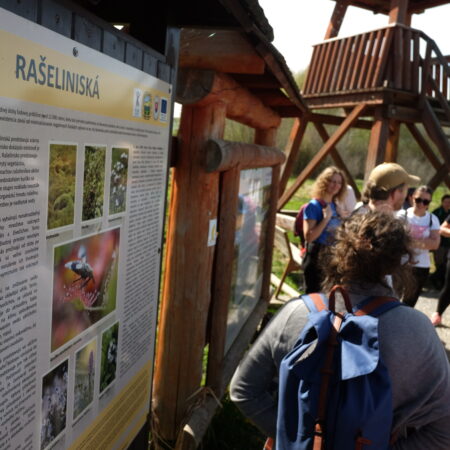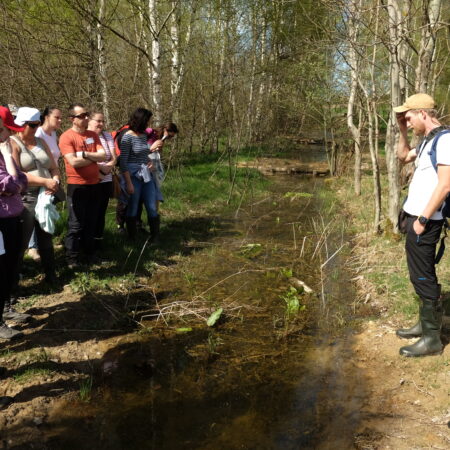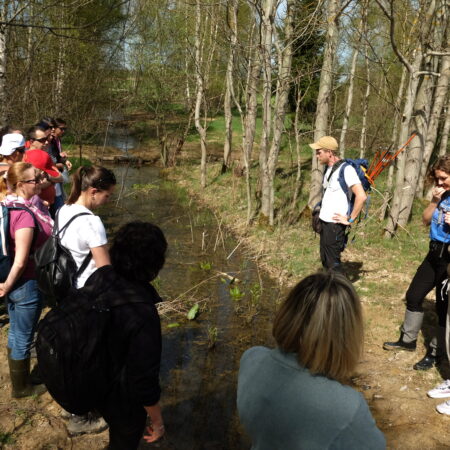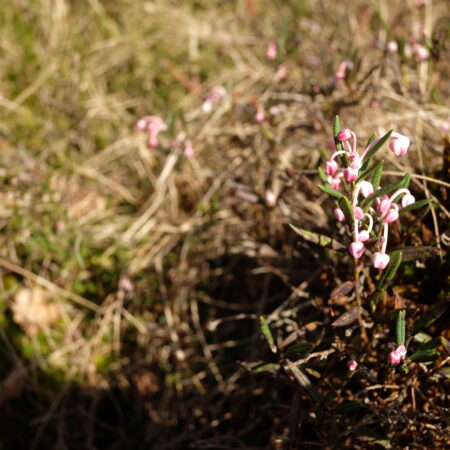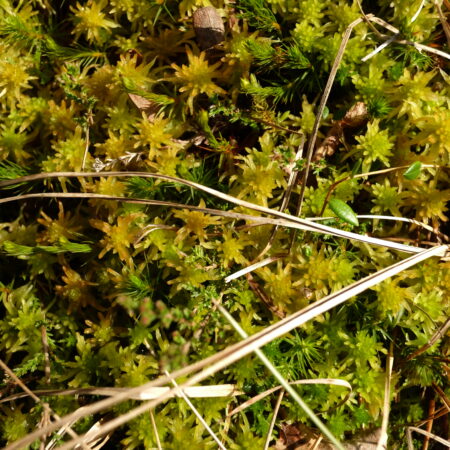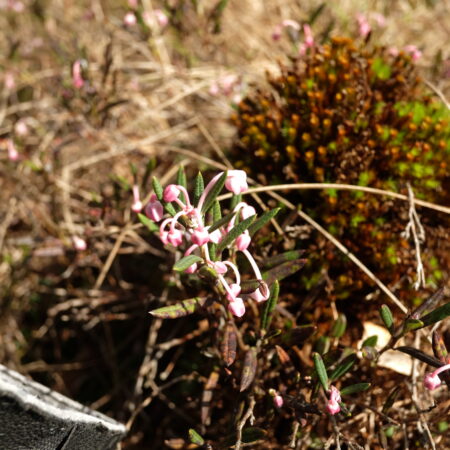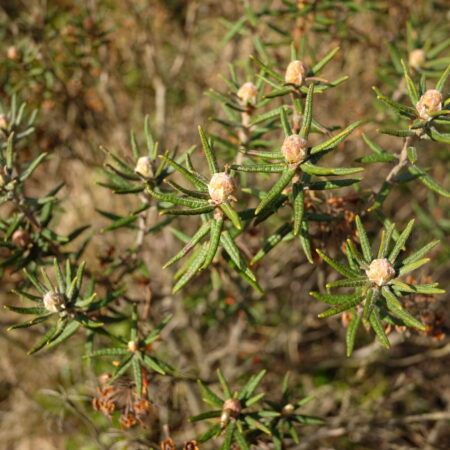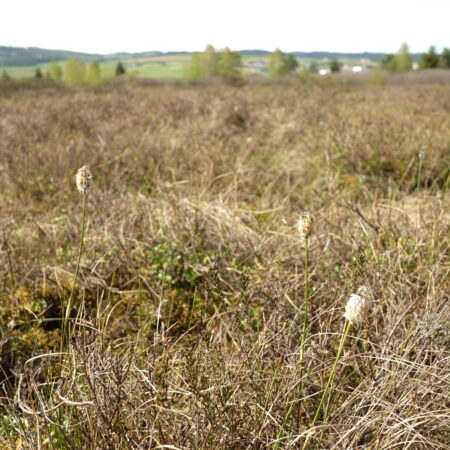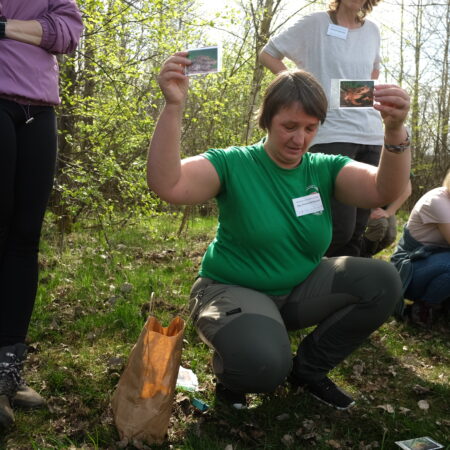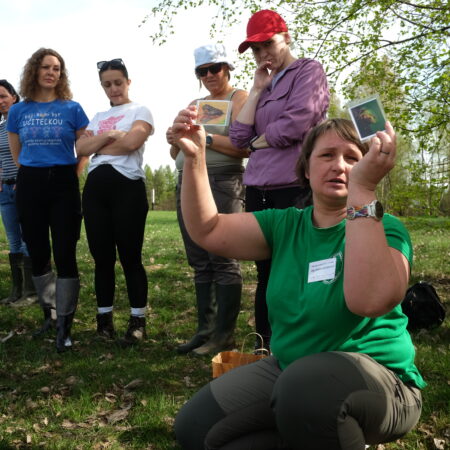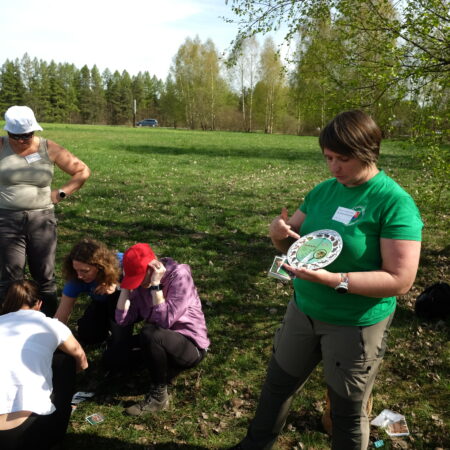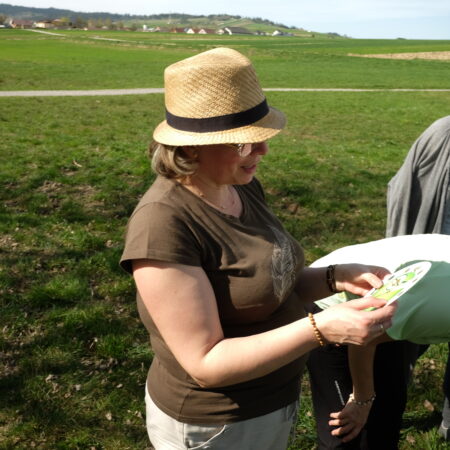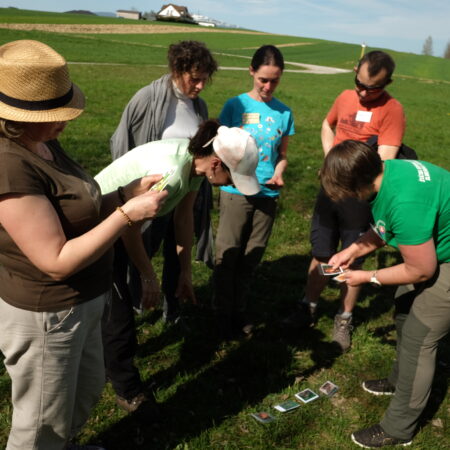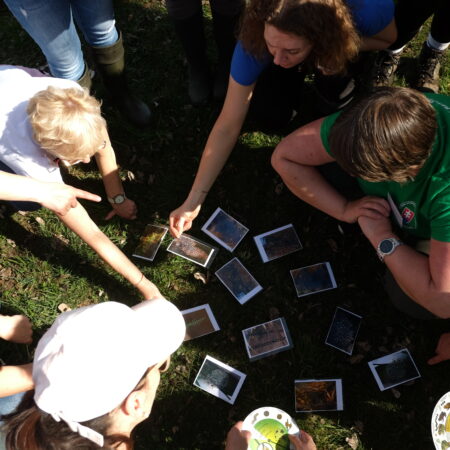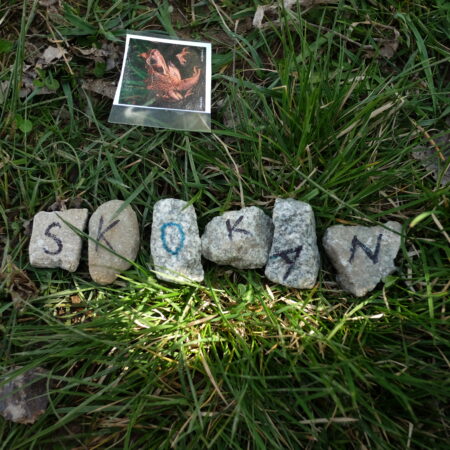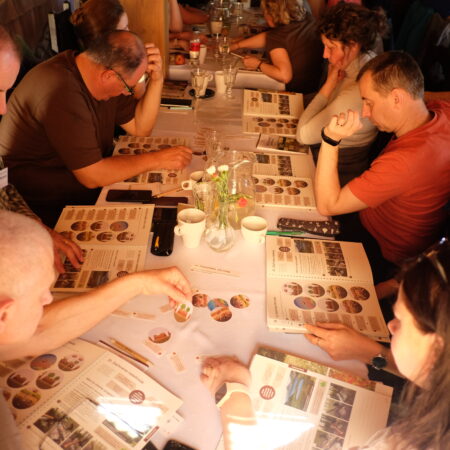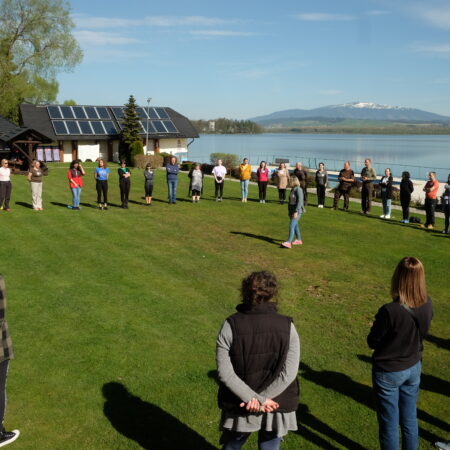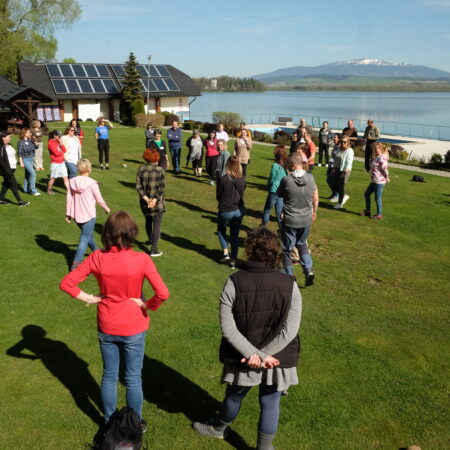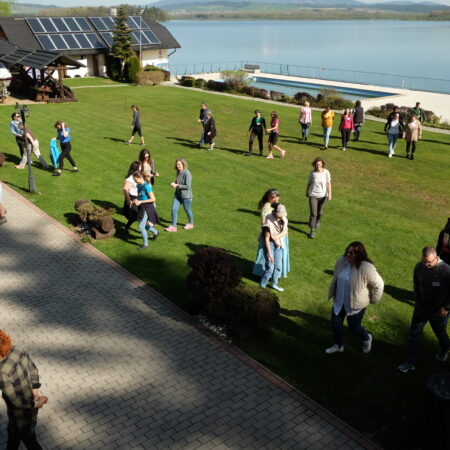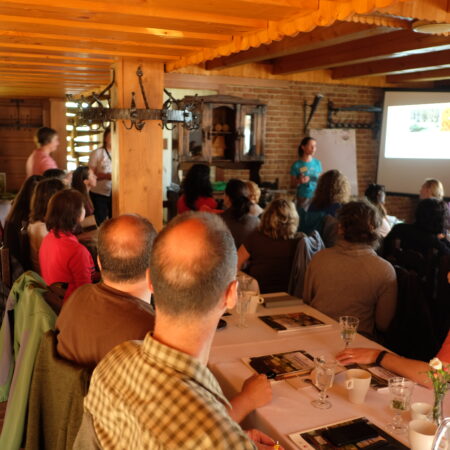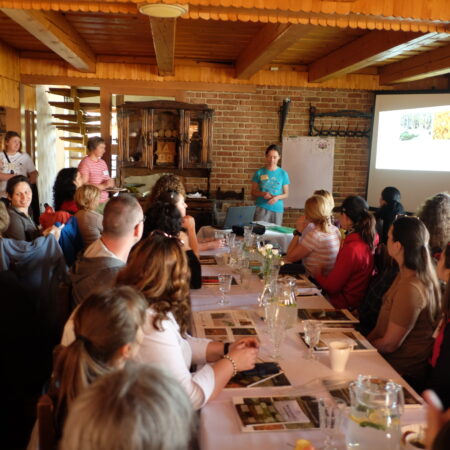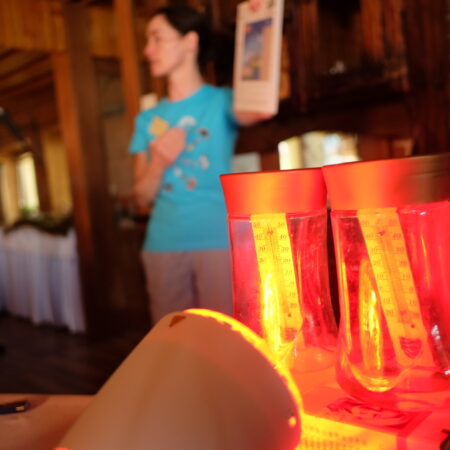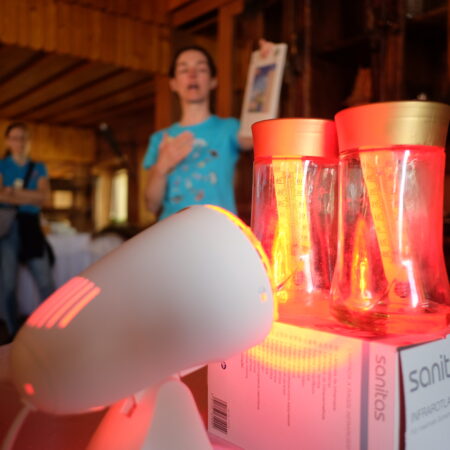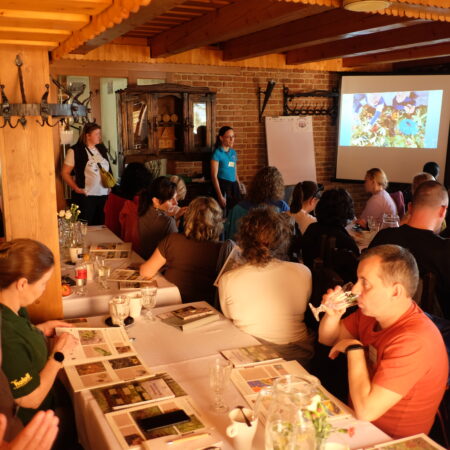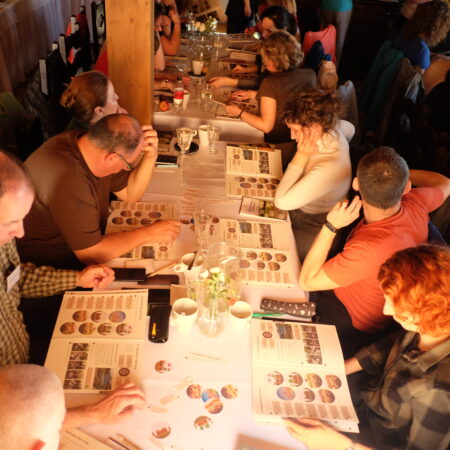1. Project Management
– Expected timeline: 02/2022-04/2024
2. Elaboration of restoration plans
– Expected timeline: 02/2022-12/2022
Surveys will consist of habitat and drainage mapping and description of ecological situation on the site level. Habitat mapping will include recording of species composition, assesment of conservation degree and identification of threats. The mapping of drainage measures will bring GIS layers with description of drainage parameters (lenght, width, depth, function). All data will be stored in GIS database.
3. Establishment of hydrological and habitat monitoroing in restored sites
– Expected timeline: 02/2022-04/2024
The main goals of peatland restoration are to restore hydrological dynamics and vegetation cover, enhance flood control, and improve ecological condition. Relevant measures to be implemented: Regular hydrological monitoring, Habitat and biodiversity monitoring at the 12 restoration sites with records before restoration and after restoration
4. Communication with loal stakeholders on restoration measures
– Expected timeline: 02/2022-04/2024
The understanding, positive attitude, agreement and practical involvement of local stakeholders in peatland restoration is crucial for long term positive effect of restoration measures on pilot sites. Meetings with local stakeholders to disscus of proposed restoration measures will be organised for each pilot site.
5. Implementation of restoration measures
– Expected timeline: 02/2022-04/2024
Restoration of degraded peatland ecosystems at 12 pilot sites will be implemented, including hydrological restoration measures and/or restoration measures based on restoration plans (activity 1) elaborated in cooperation with local stakeholders (activity 3).
6. Elaboration of methodological guidelines for sustainable management of peatland and and wetland forests
– Expected timeline: 02/2022-04/2024
Using Slovak and Norwegian expertise on this habitat, including the effects of beavers on it and wider peatland ecosystems, we will perform the following tasks:
* Elaboration of methodological guidelines for sustainable management of peatland and wetland forests on land managed, including detailed recommendations for the management of each wetland site in their competency. Draft gudelines will be discussed with forest owners and subsequently it will be approved and used in practice.
* Elaboration of national methodological guidelines for sustainable management of peatland and wetland forests, including experience gained from project localities.
* Organisation of conference for state and non-state forest managers with the presentation of the manuals connected with a demonstration of restoration on project sites. The Norvegian experts will actively participate on sharing their experience with wetland forest management and restoration.
7. Elaboration of study on carbon sequestration potential of restored sites
Training on monitoring methods and evaluation of peatland data (12.4.2024)
– Expected timeline: 02/2022-04/2024
Relevant measures to be implemented: Peatlands will be surveyed before and after restoration efforts, with a particular focus on soil biogeochemistry and composition, and vegetative community change. Soil cores will be taken across the restoration area and control sites, with analysis of soil carbon conducted at NINA. Soil carbon and vegetation survey data (in addition to planned future revegetation efforts) will inform carbon calculations for the site before and after the restoration, with ‘after’ calculations included in a model that will forecast the likely future sequestration potential of the restoration area over the next 50 years.
8. Public awareness activities
– Expected timeline: 02/2022-04/2024
A lack of awareness of the benefits of peatlands means that they have been overexploited and damaged as a result of different human activities. As part of this activity, we will focus on educating general publiv and stakeholders and experts through various events, press conferences, articles, posts on social networks, etc.
9. Climate change education
– Expected timeline: 02/2022-04/2024
The aim is to bring the importance of peatlands to local residents through activities for schools. In disadvantaged regions with high proportion of Roma minority the inquiry based nature science teaching methods and hands-on activities, which proved to be most effective for the Roma communities, will be promoted. Following measures will be implemented: Educational outdoor programs, Teacher and educator trainings, Educational infostands will be organized at various occasions to promote project goals, activities and outcomes among inhabitans and visitors of local settlements.
Project outputs:
Elaboration of restoration plans
Ecohydrological surveys of 12 project peatland sites (pdf.file) only in the Slovak language
Establishment of hydrological and habitat monitoring in restored sites
Monitoring habitats and biodiversity
Monitoring habitats and biodiversity – after restoration (only in SK language) [pdf]
Communication with loal stakeholders on restoration measures
Technical reports – minutes from stakeholder meetings
Implementation of restoration measures
Spišskoteplické slatiny – Hydrological restoration
Spišskoteplické slatiny – Hand mowing + biomass removing
Tisovnica – construction of dams and filling canals
Trstinné lúky – hand-light machinery mowing
Sivá Brada – Asphalt removal
Sivá Brada – Reed moving
Sivá Brada – Larson barier for protection of peatland
Krivý kút – hand-light machinery mowing
Medzi Bormi – Water retention measures
Boserpálske mláky – Recultivation of eroded areas
Makoviská – Hydrological restoration
Havrania dolina – Recultivation of eroded areas
Hanšpíle – hand mowing,wood cutting
Klinské rašelinisko – wood cutting, tree ringing, biomass removing
Elaboration of methodological guidelines for sustainable management of peatland and and wetland forests
Elaboration of methodological guidelines for sustainable management of peatland and wetland
National Conference for forest managers, 12.4.2024
Elaboration of study on carbon sequestration potential of restored sites
Elaboration of study on carbon sequestration potential of restored sites [pdf]
Public awareness activities
Pozvanka_TK_obnova_raselinisk_20230503_04
TS_obnova_raselinisk_Klinske_raselinisko-final
TS_obnova_raselinisk_Spissko_teplické_slatiny_final

